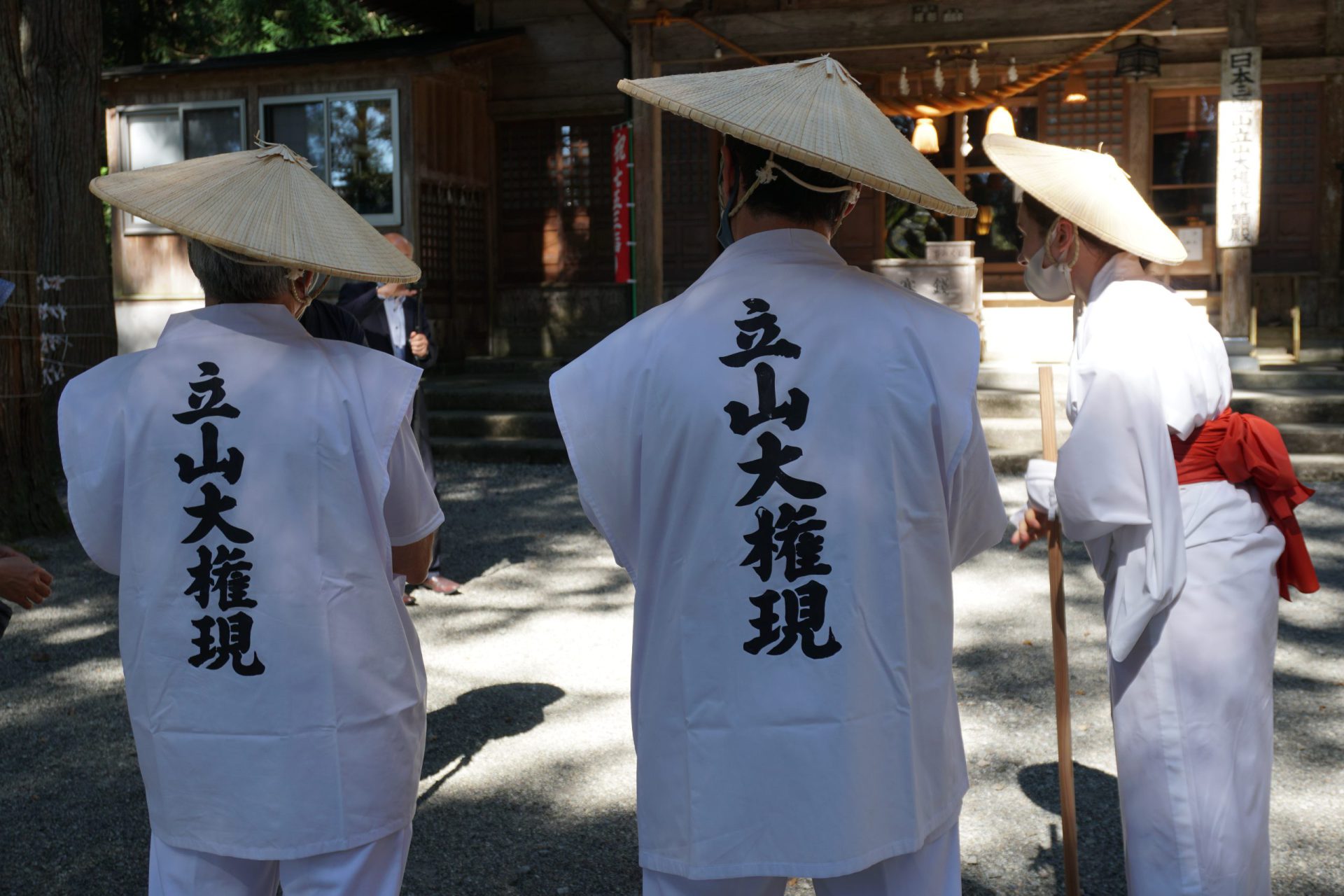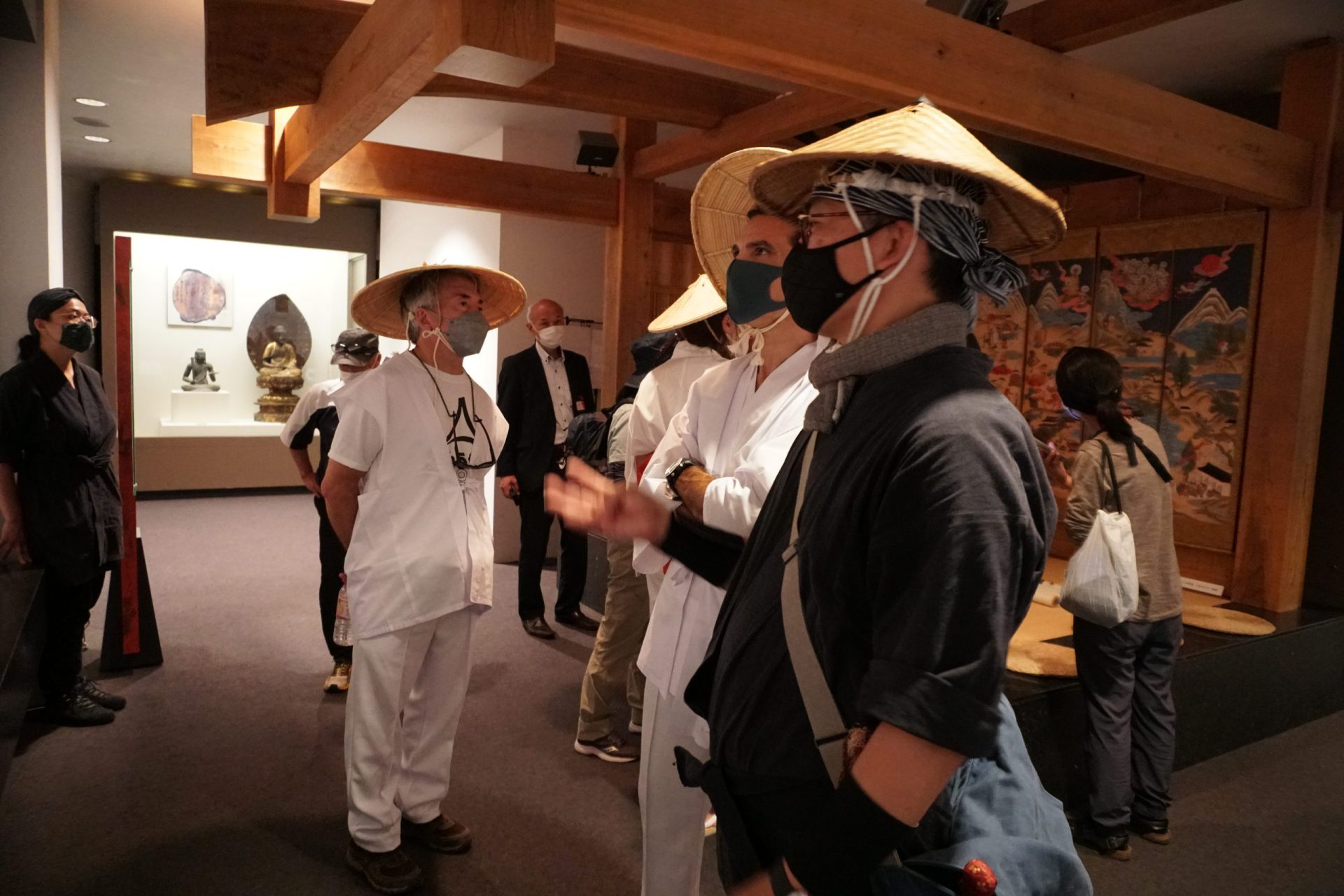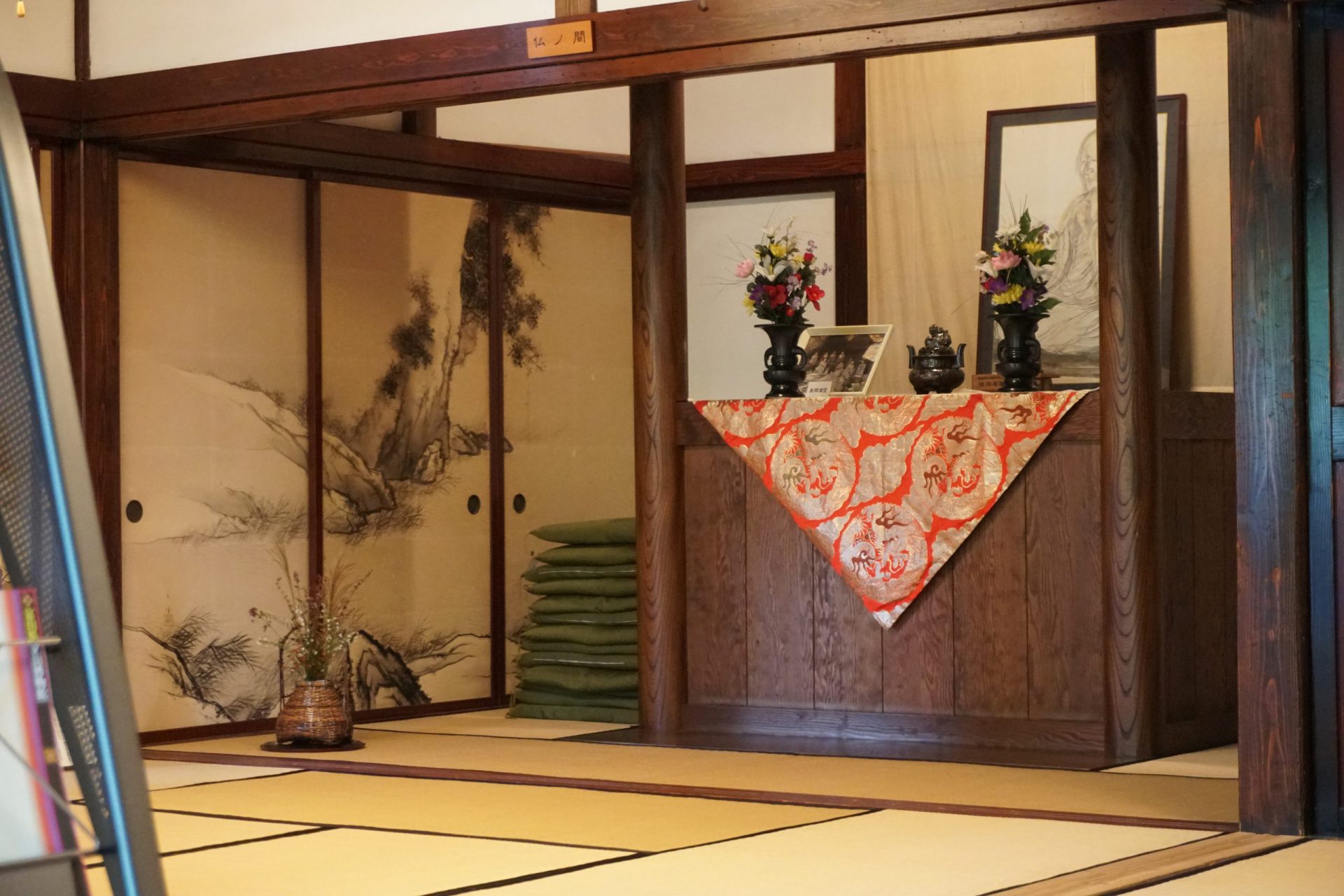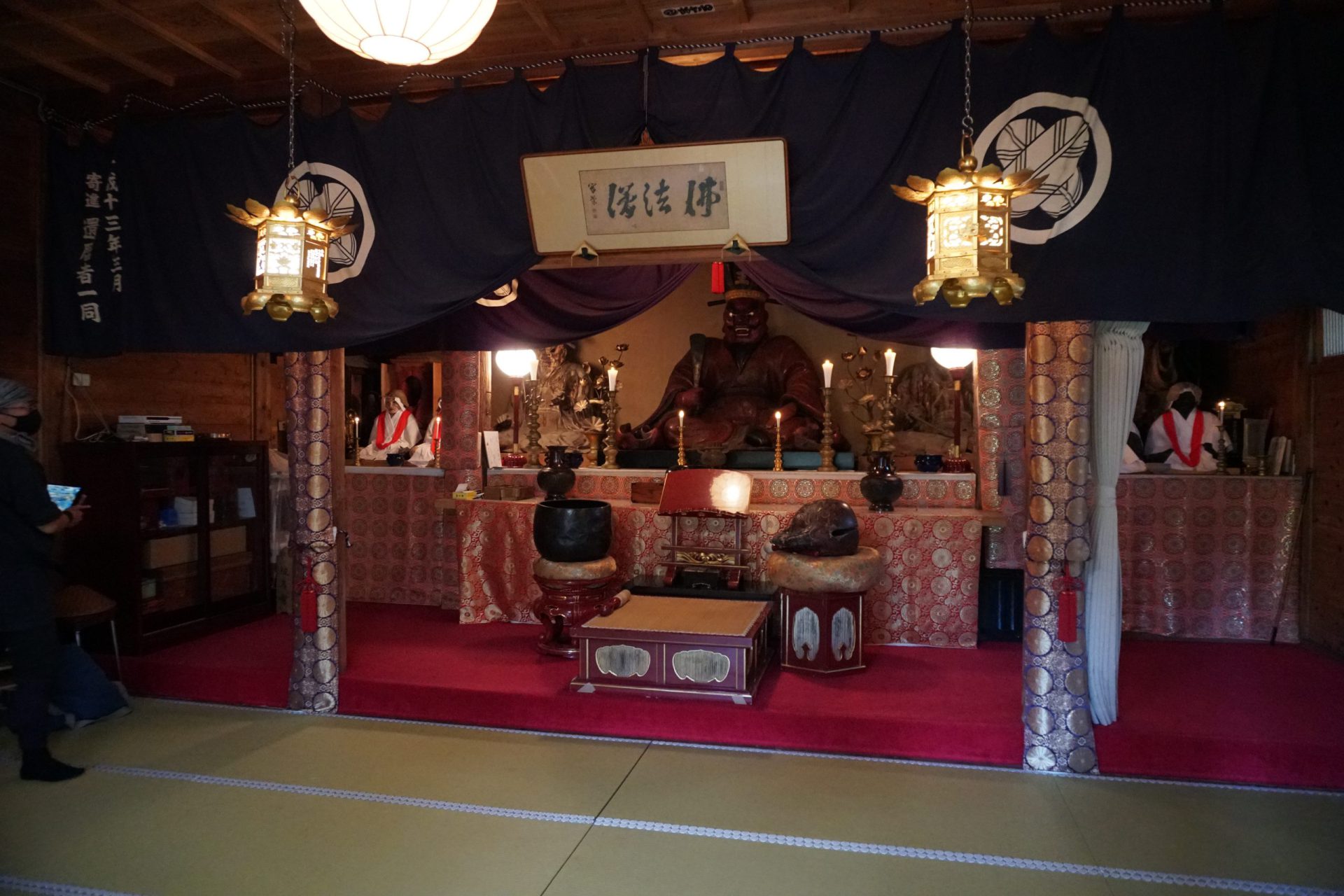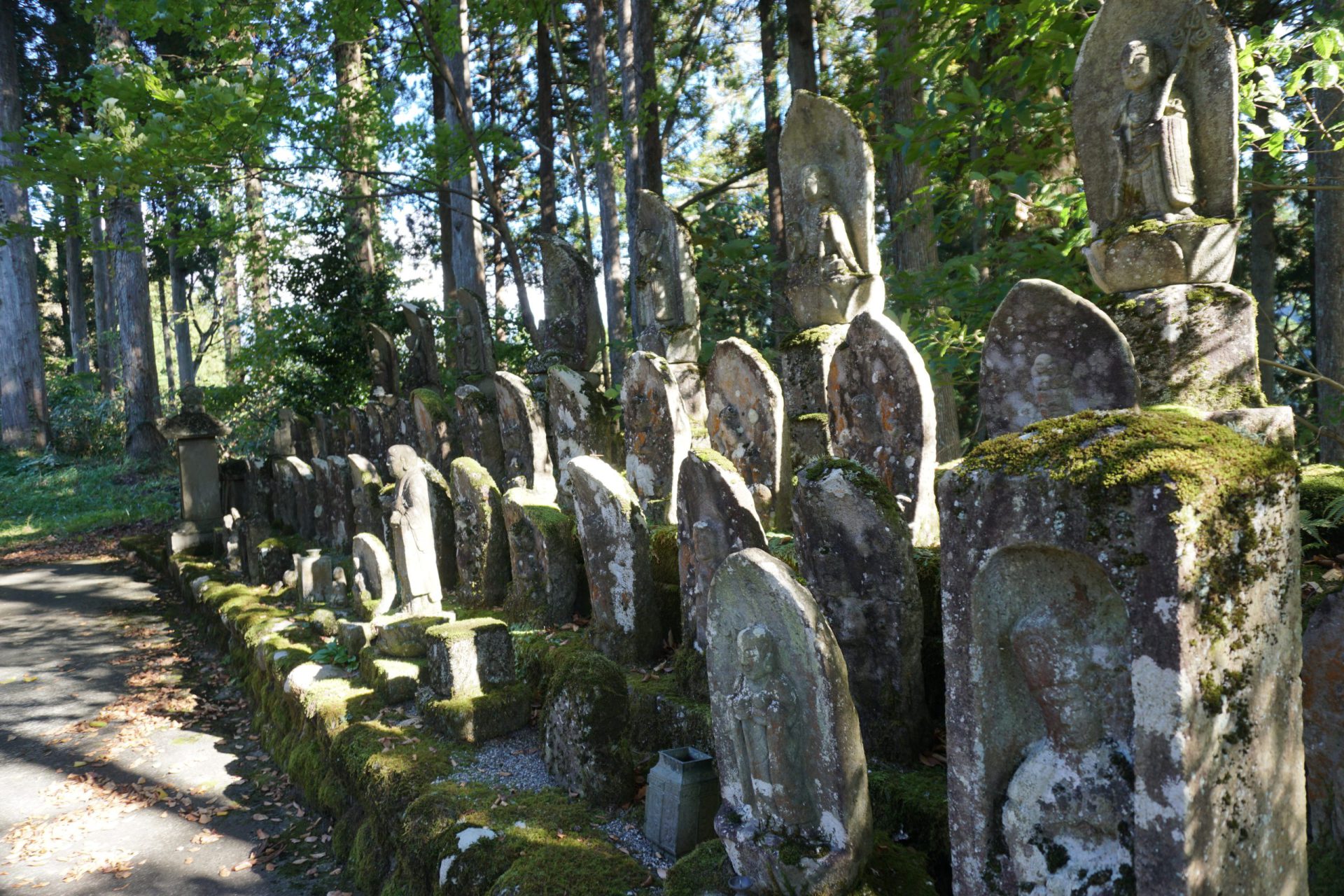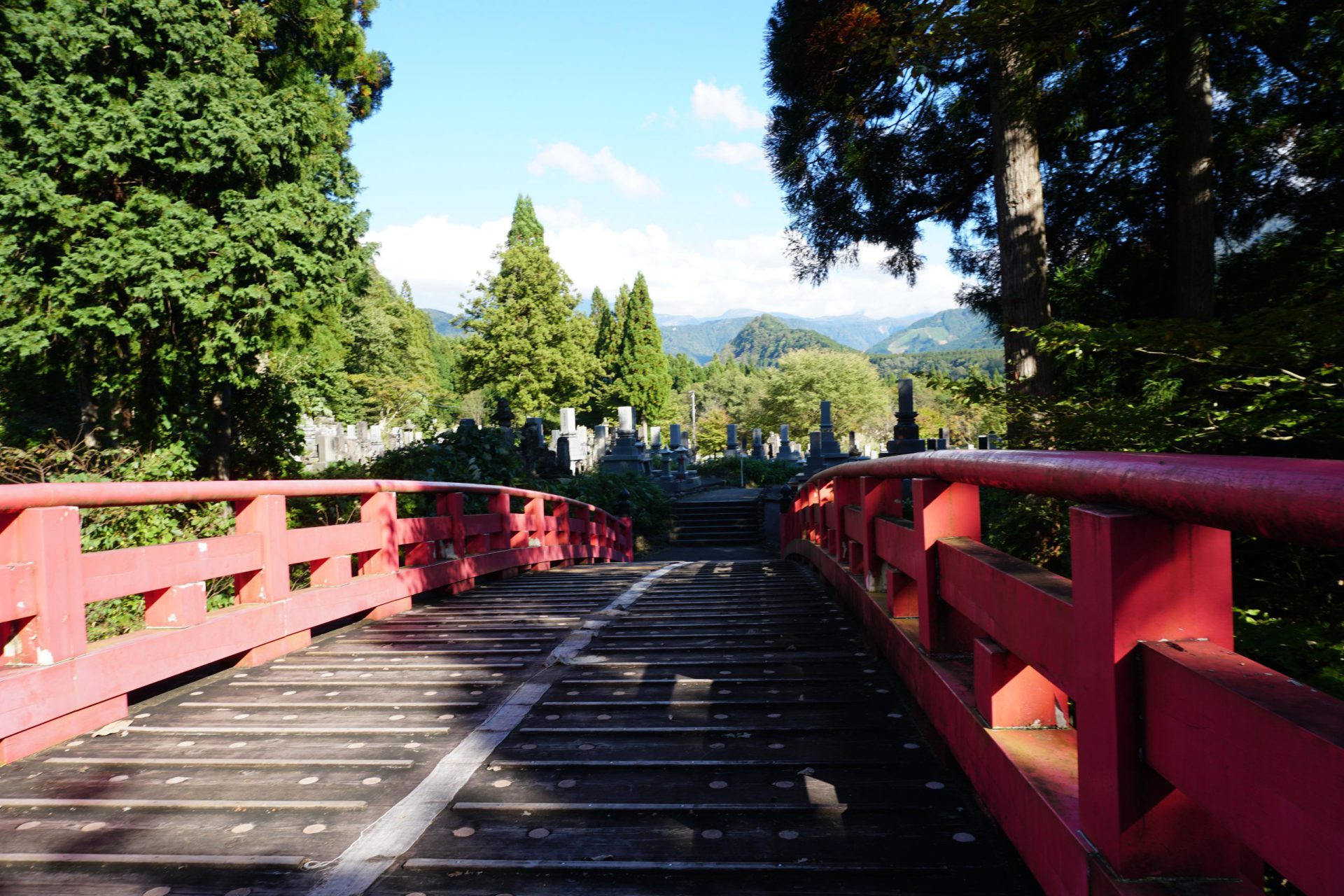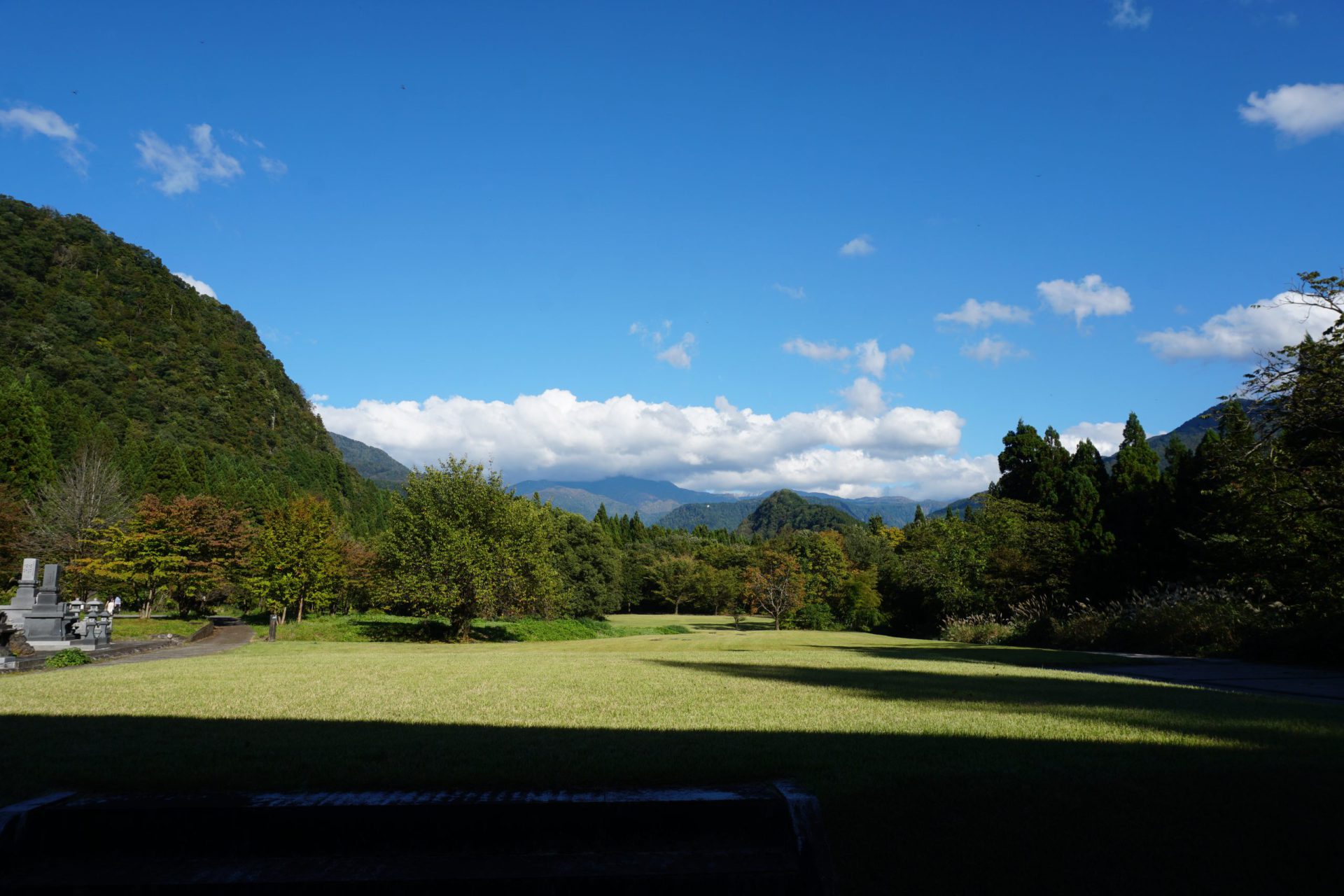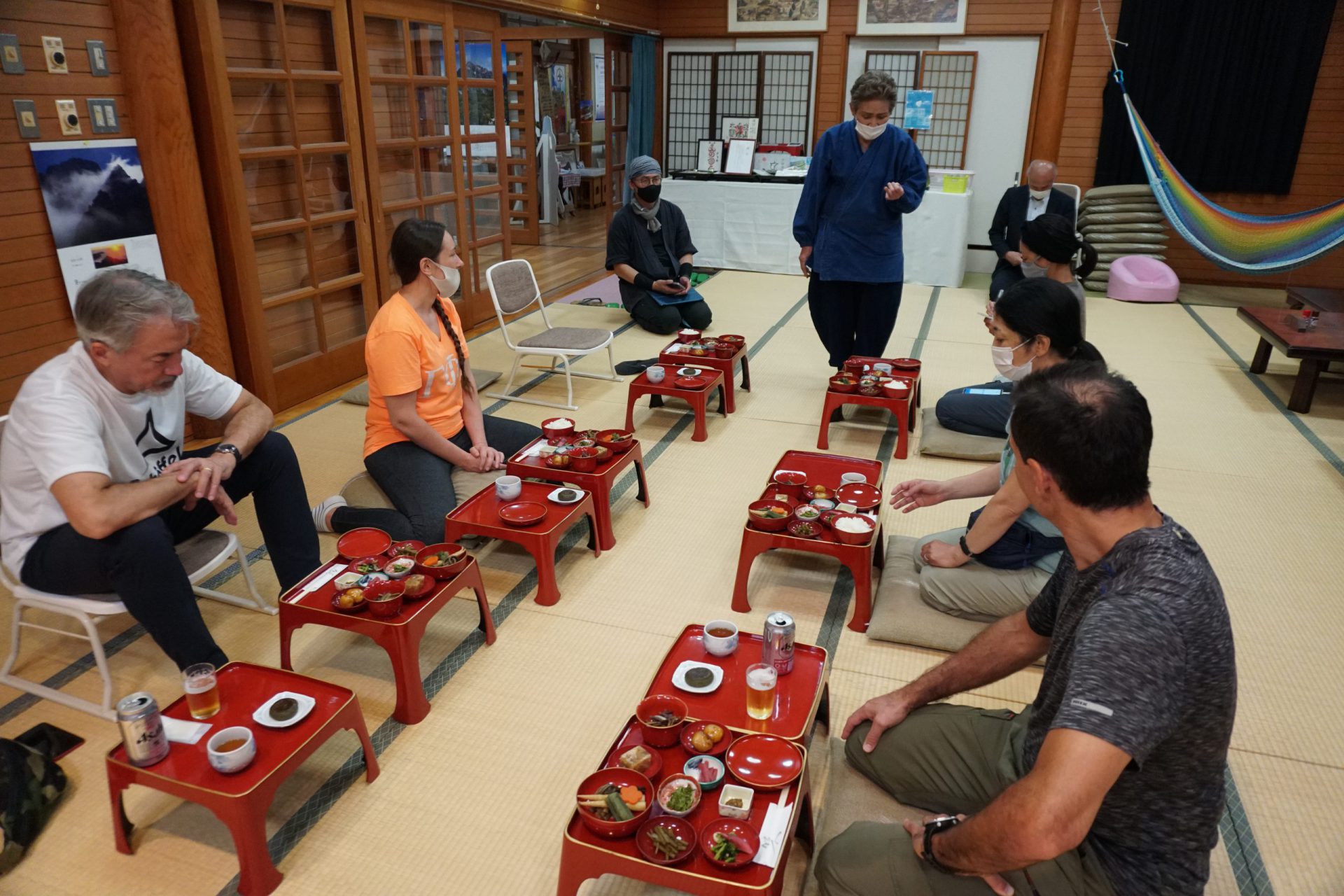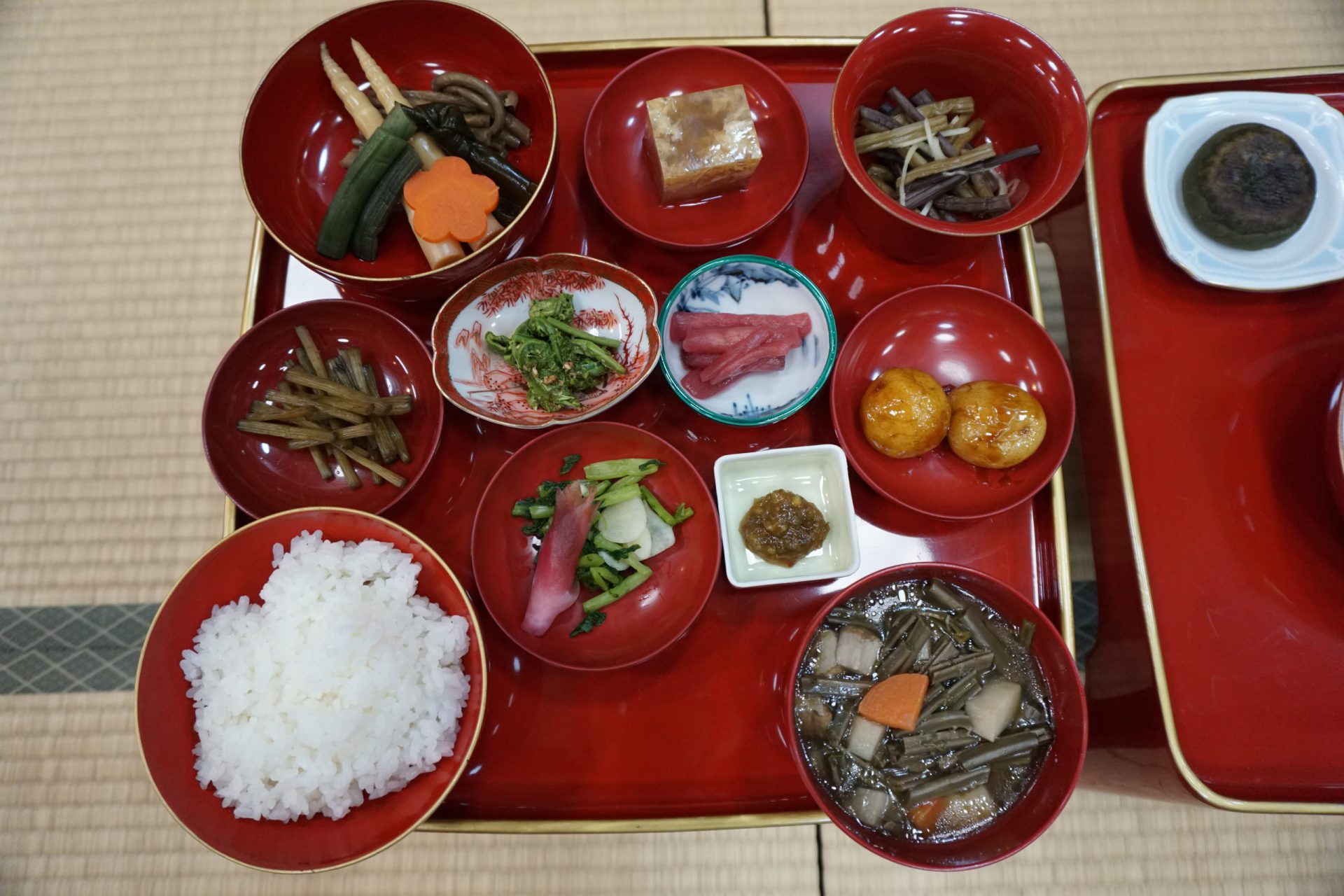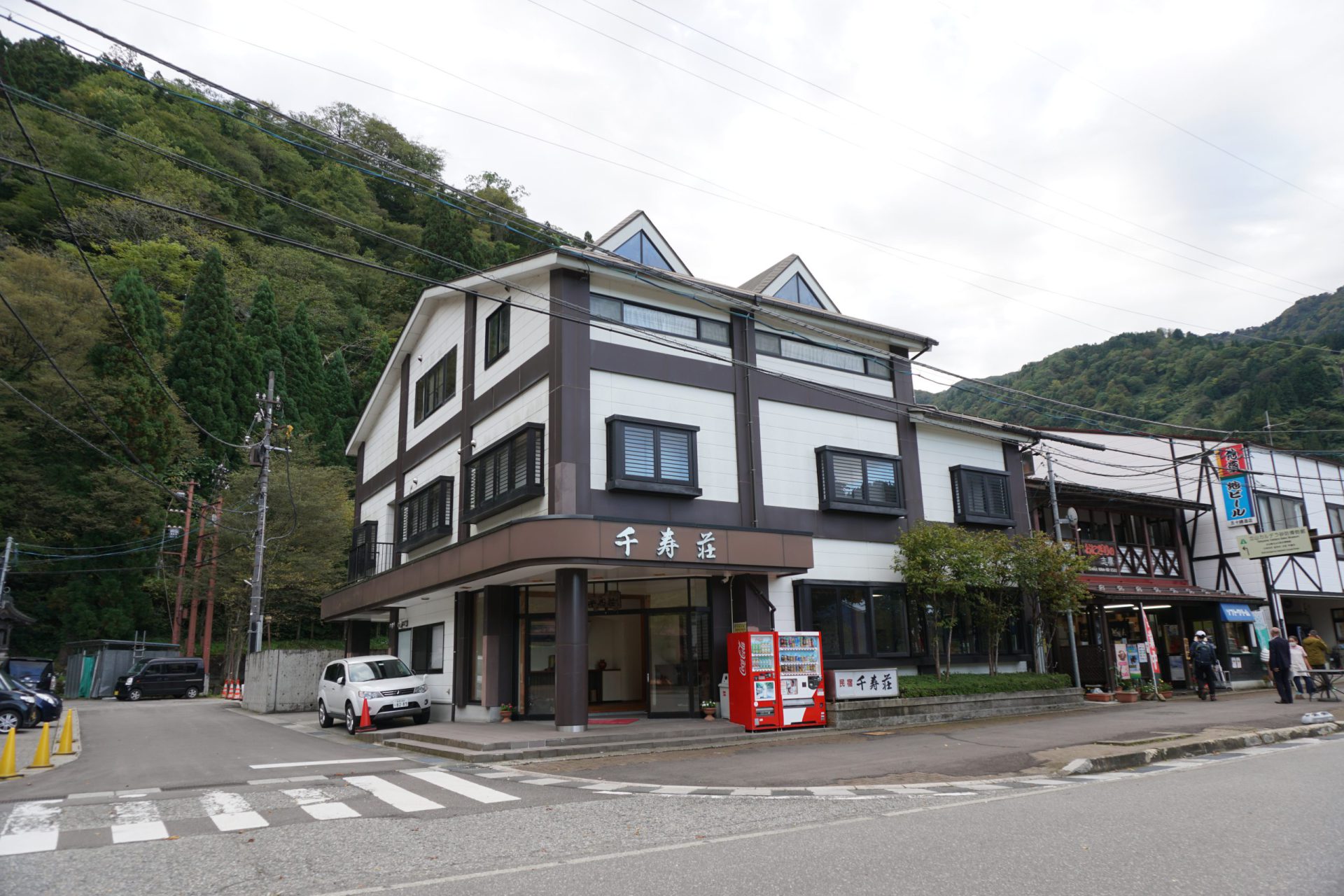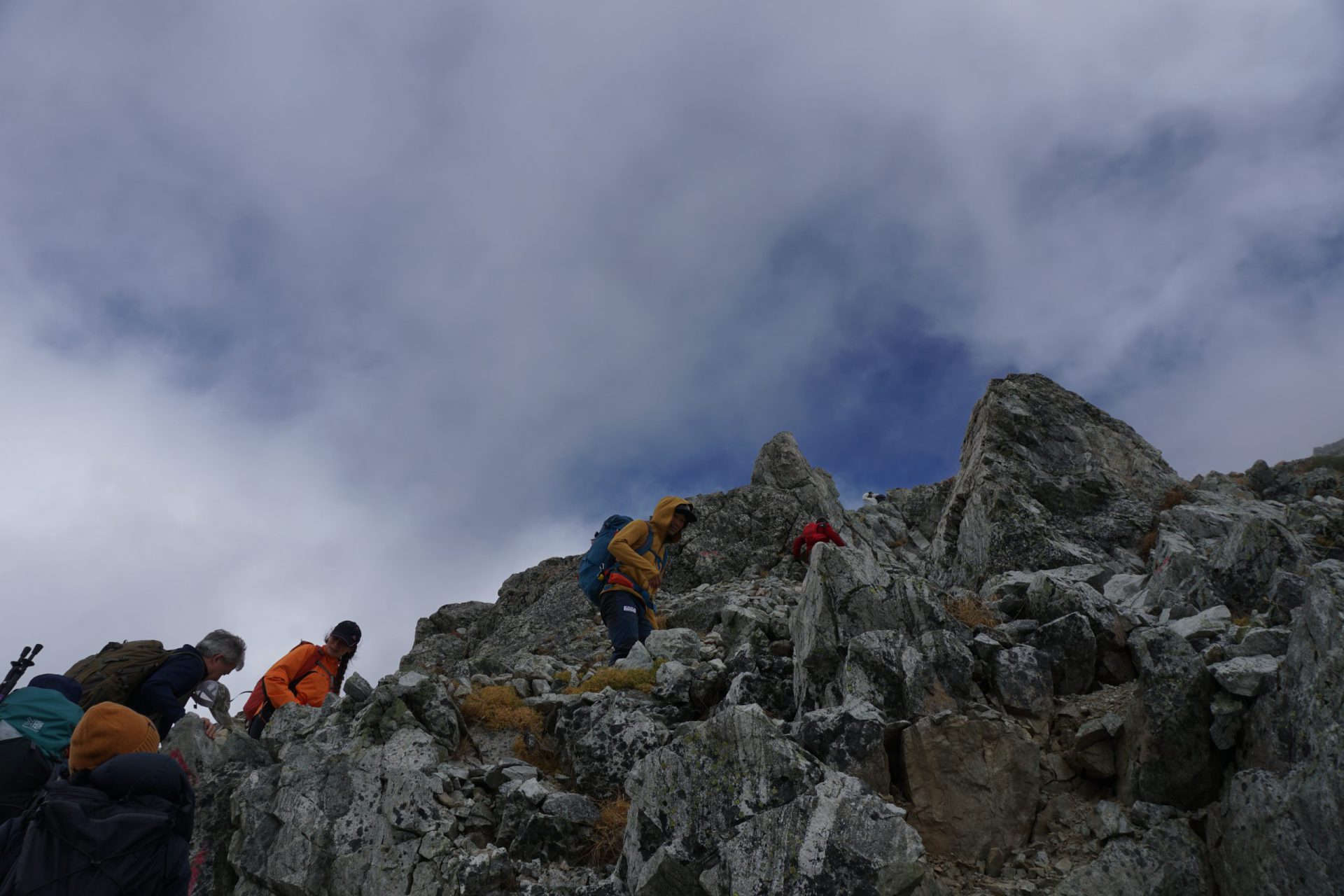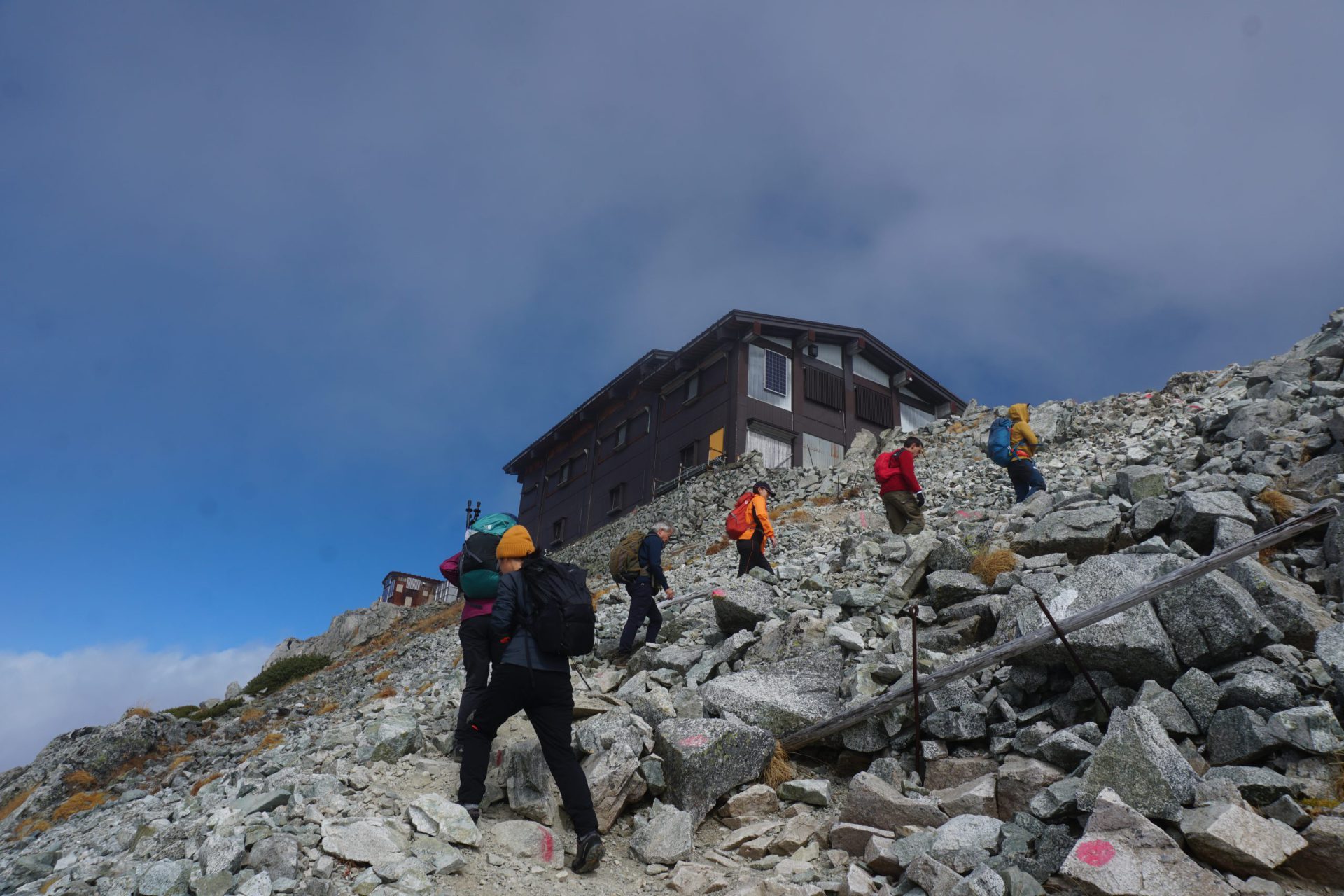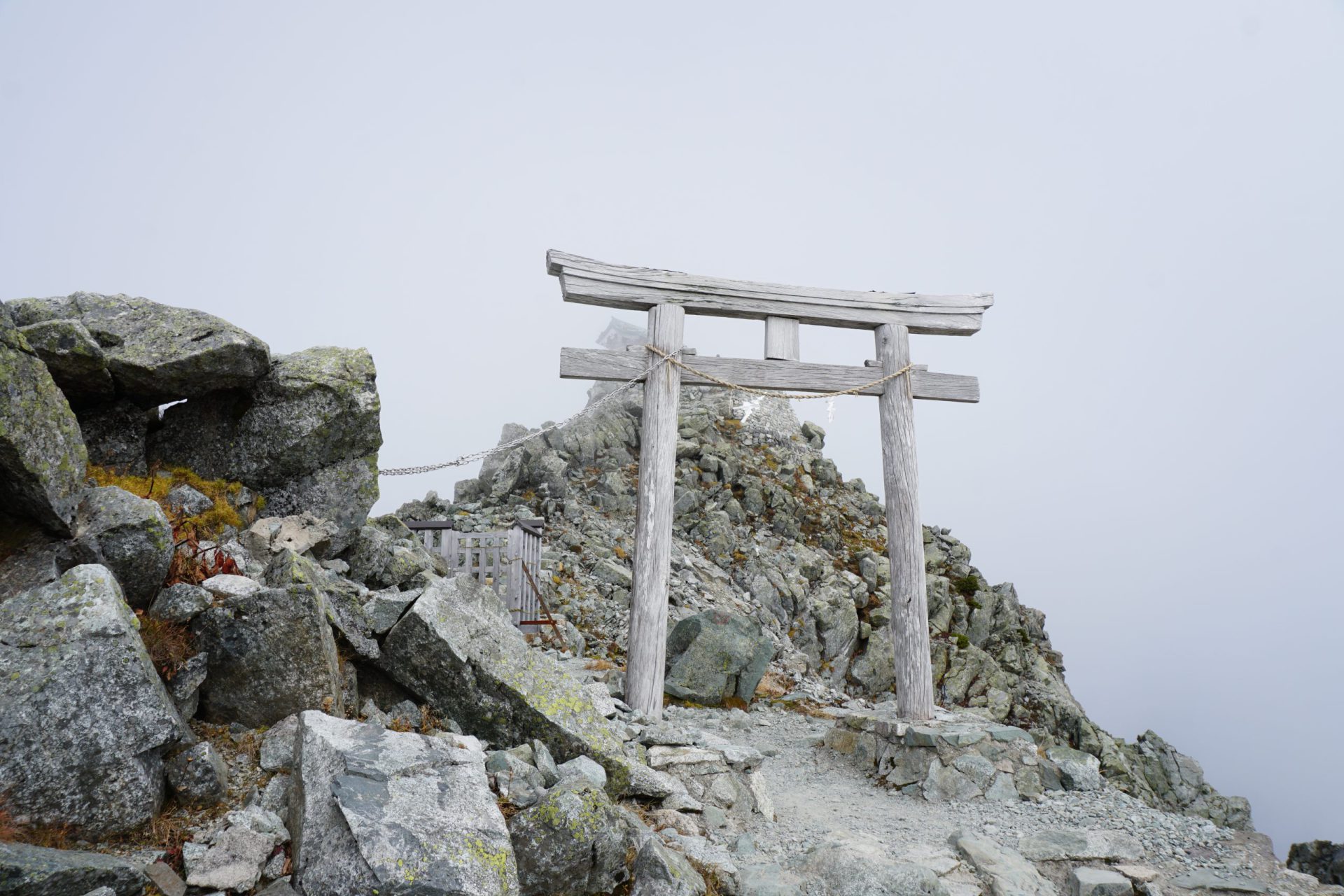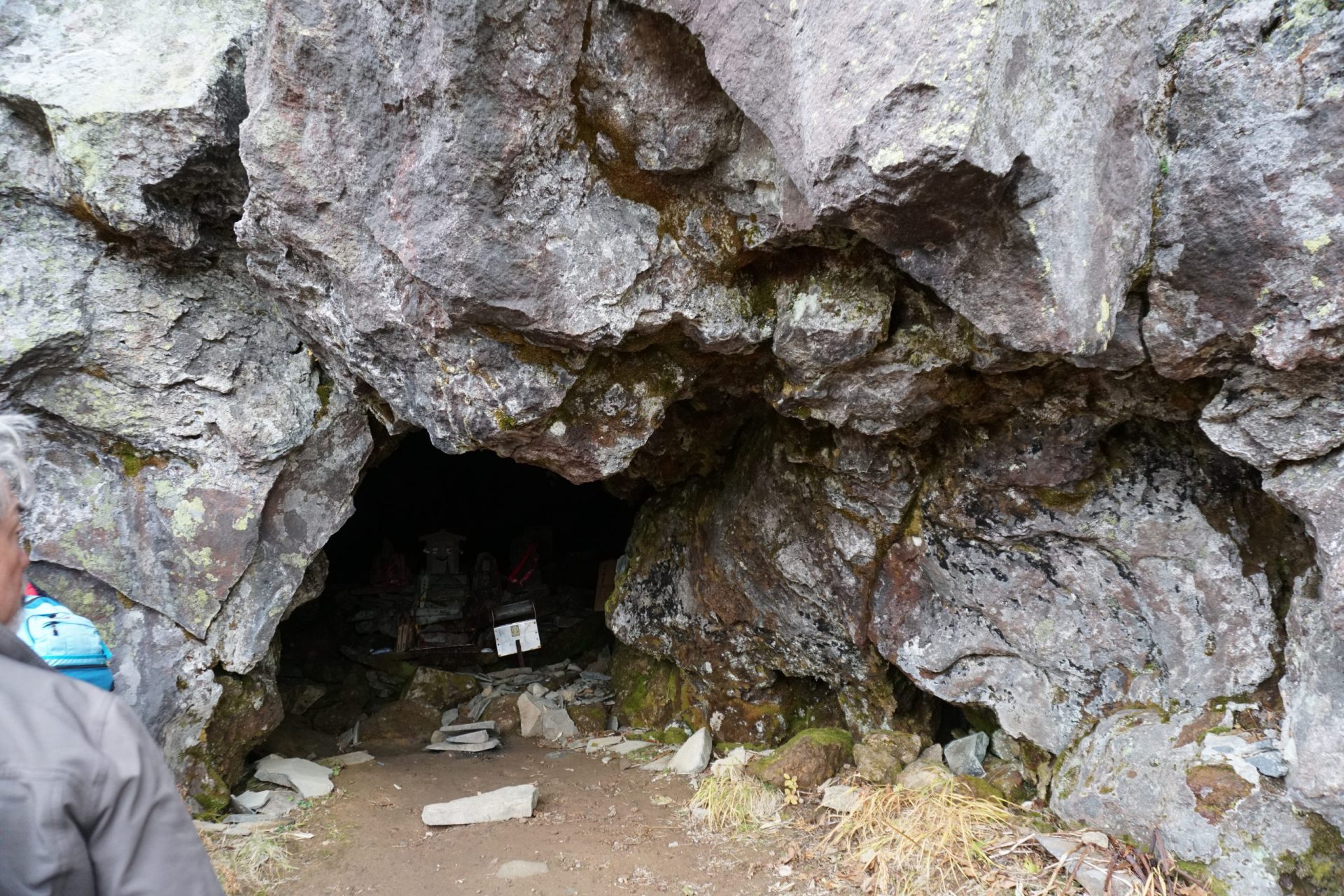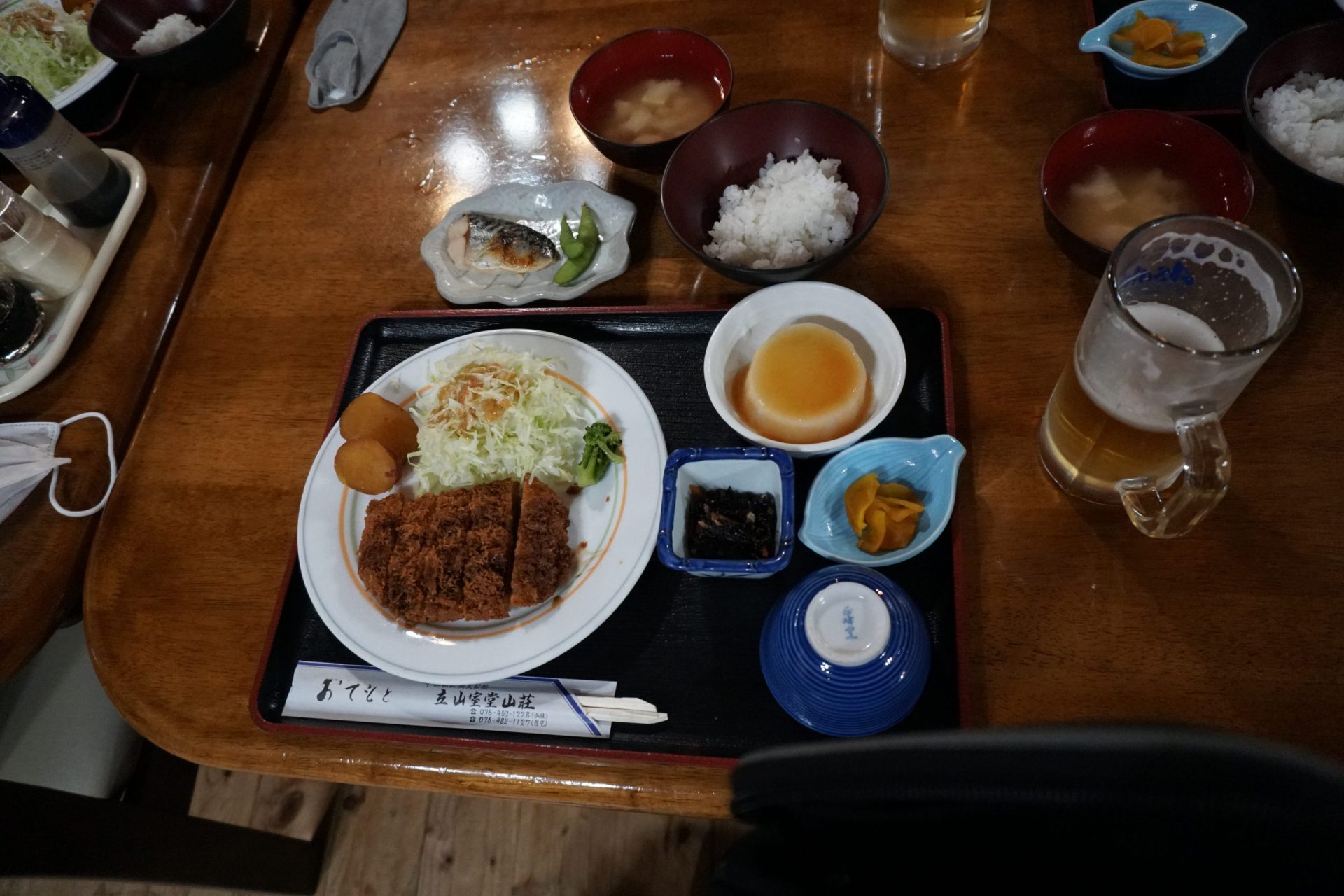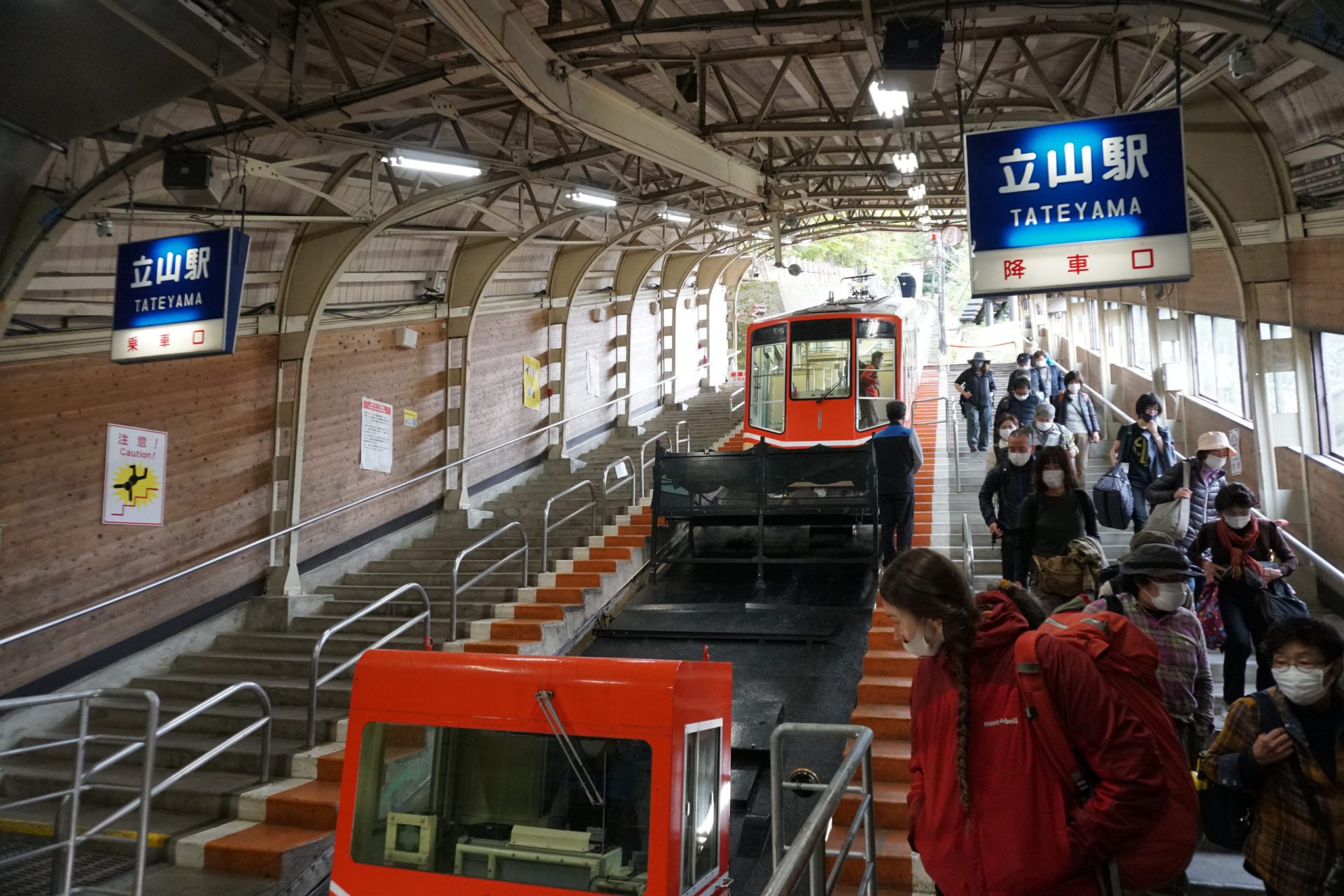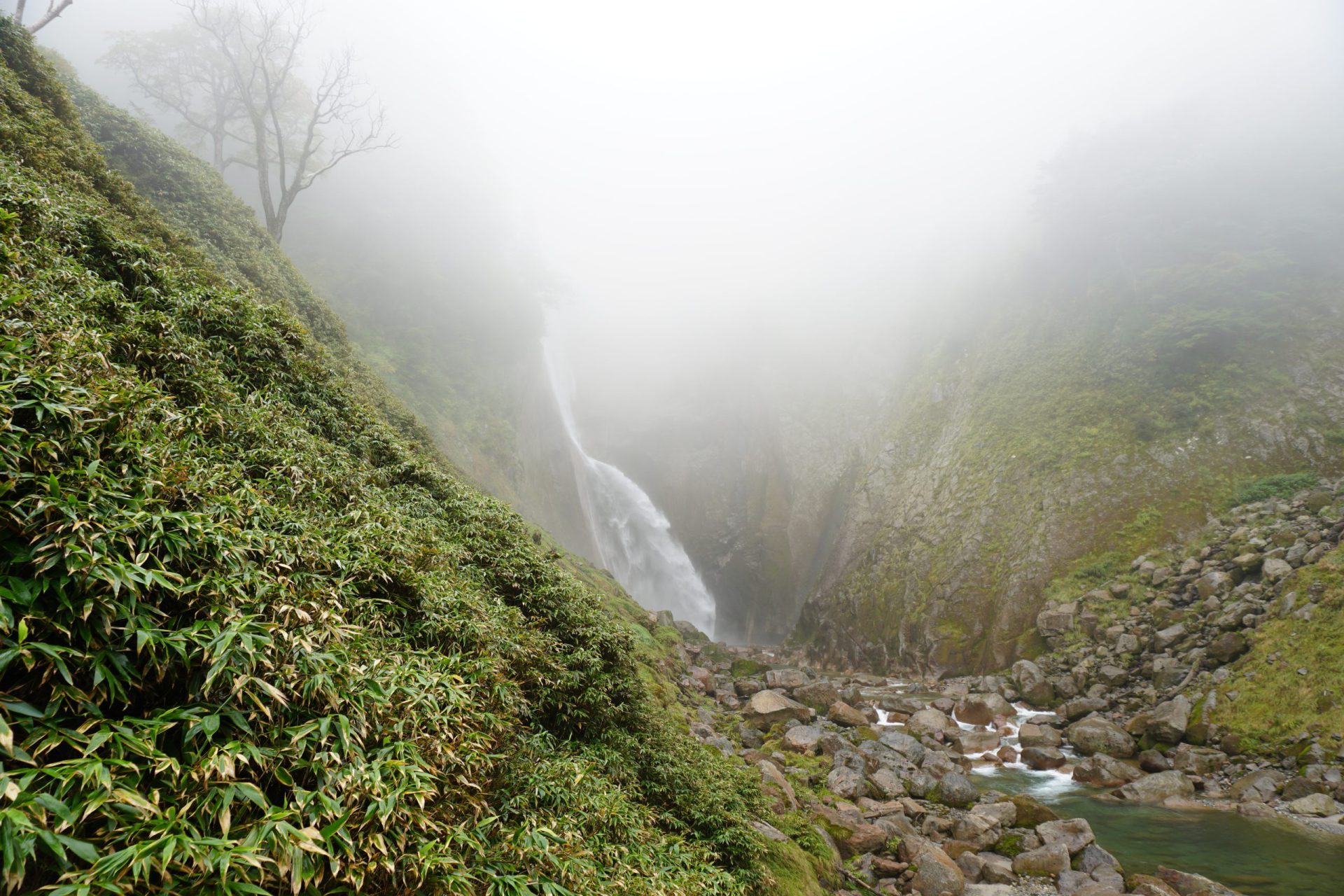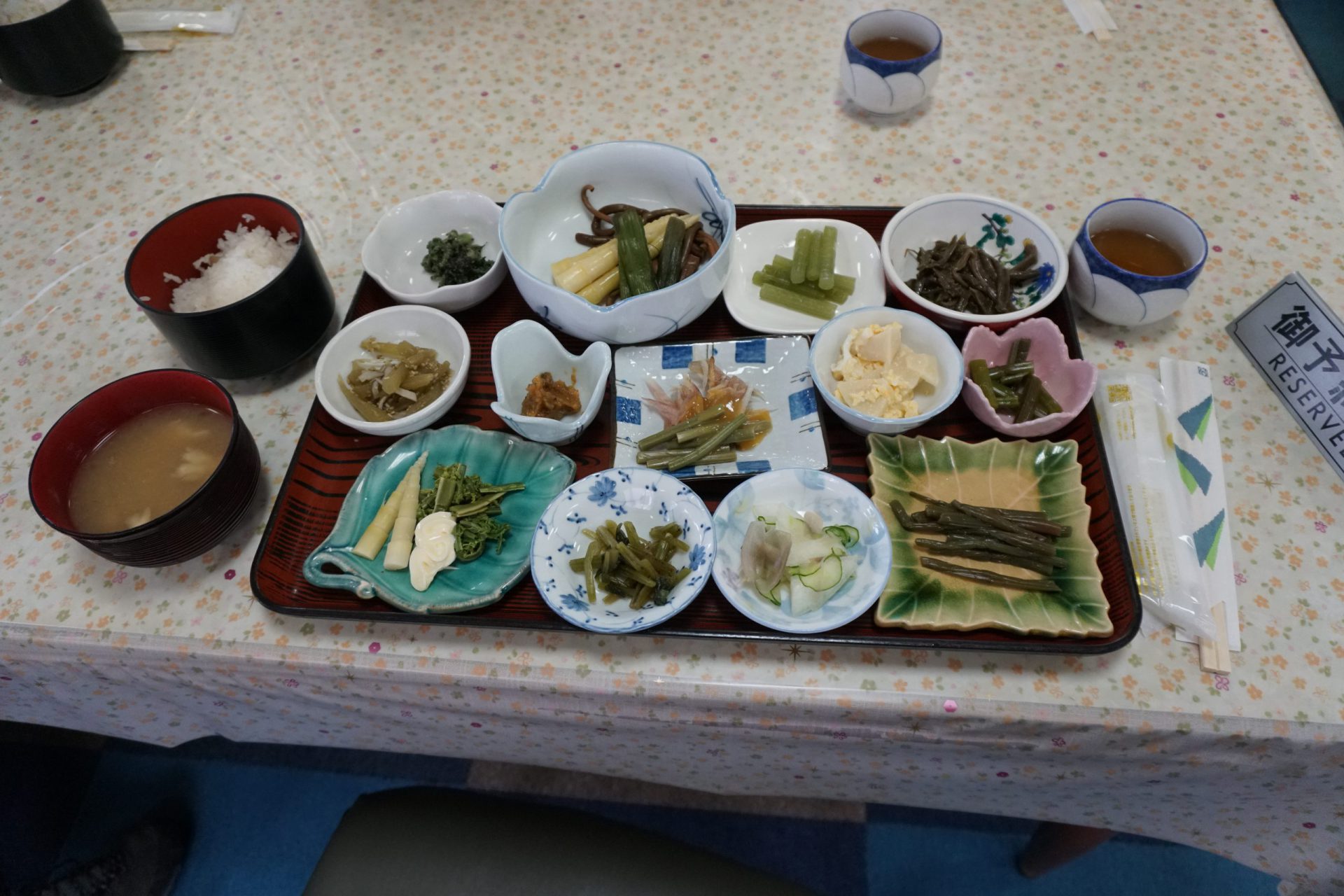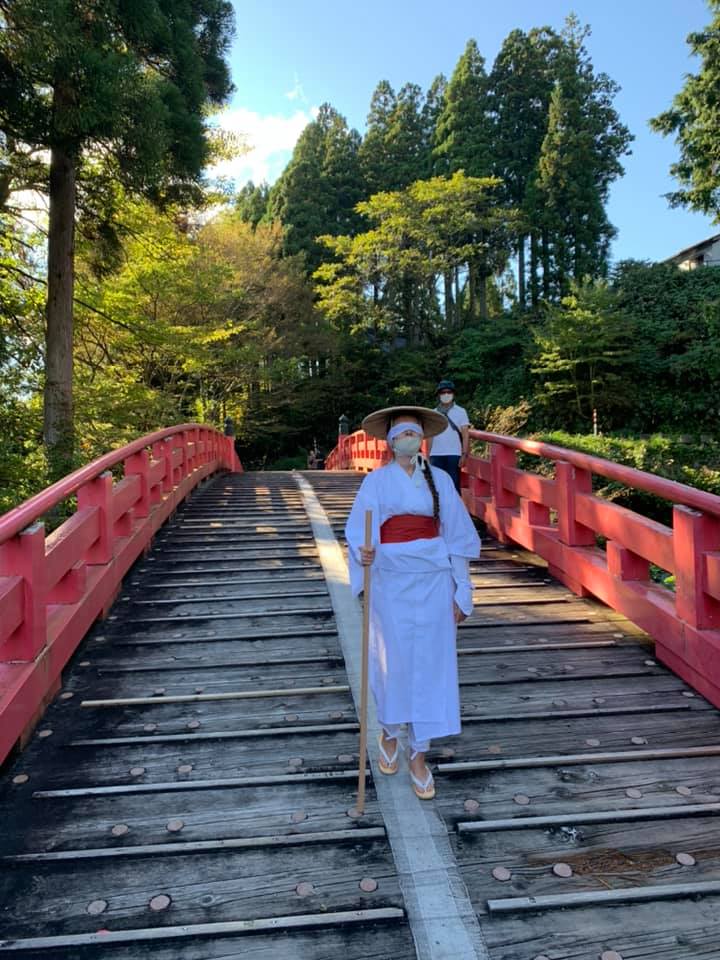
The symbol of Toyama Prefecture; the Tateyama mountains. Strictly speaking, none of the peaks are actually named “Mt. Tateyama.” The name, “Tateyama Mountains” refers to the three peaks Mt. O’yama (3,003 meters), Mt. O-nanji-yama (3,015 meters), and Mt. Fujino-oritate (2,999 meters). O’yama Shrine stands at the summit of the main peak, Mt. Oyama, and while the mountain is open for climbing between July and September, you can receive blessings, charms, or talismans here.
Most people preparing to climb these peaks gather at the Murodo plateau. Reaching the plateau, which sits at an elevation of 2,450 meters, is easy using the buses, cable cars, and other various modes of transportation required to traverse the Tateyama Kurobe Alpine Route running from both the Toyama and Nagano sides of the mountains. The mountain climbing trail from here is well maintained and taking the shortest route to the summit of Mt. O’yama will get you there in roughly two hours.
When you experience Shinko Tozan, or faith climbing, in the Tateyama mountains, it is worth taking note of how you spend time in the foothill village of Ashikuraji before your climb. There were once 33 shukubo or pilgrim’s lodgings in the village, and Ashikuraji bustled with worshippers visiting from all over the country. This is because the village had all of the elements necessary to the worldview of the Tateyama faith, which involves symbolically dying before entering the mountain, purifying oneself of sins and being reborn on the mountain, and then descending the mountain. Just as the worshippers of the past did before us, crossing the Nunobashi bridge you experience a temporary death and prepare your soul for climbing the sacred mountain. At the Tateyama Museum of Toyama located in the village, you can see a reproduction of the Tateyama Mandalas, which are a cohesive depiction of the religion’s traditions and beliefs. They act as a visual guide and seeing them will deepen your understanding of the Tateyama faith.
What is the Tateyama Faith?
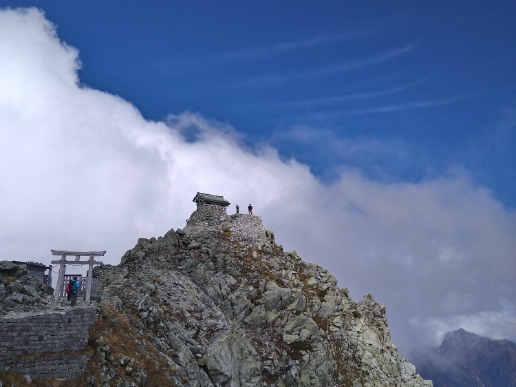
According to legend, in the year 701, at a mere 16 years of age, Saeki Arinori received a divine message telling him to pioneer the Tateyama mountains. Arinori was then led into the mountains by a white hawk and a black bear. It is said the hawk was the god Fudo Myoo, and the bear was the god Amida Nyorai. The ancient Japanese beliefs of Shintoism and the imported beliefs of Buddhism were blended together to form a syncretic Shinto-Buddhist religion, which became the Tateyama faith that spread throughout Japan.
Looking up to the east from the Murodo plateau, the three peaks of the Tateyama mountains stretch across the sky like a folding screen. To the north, you can see the rocky ridges of Mt. Tsurugi-dake. Murodo itself hosts a beautiful and very unique landscape featuring the clear, blue Mikuriga-ike pond and constantly steaming Jigokudani, which translates to “Hell Valley.” These sites were linked to religious faith in ancient times when people associated the three peaks of Tateyama with paradise and Mt. Tsurugi-dake, Mikuriga-ike pond, and Jigokudani with hell.
What are the Tateyama Mandalas?
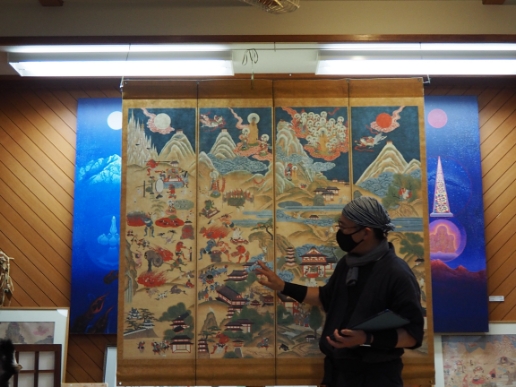
They are religious paintings that depict the significant elements of the Tateyama faith. About 50 of these paintings still exist today. The priests of the shukubo (pilgrim’s lodging) in Ashikuraji and Ishikuraji villages traveled to other locations and used these mandalas to explain and spread the faith. They are scrolls so that they can be carried around easily.
The area around the Tateyama mountains

There are numerous famous and historic sites related to faith climbing scattered throughout Ashikuraji Village, which is likely where the faith originated, and the area surrounding the Murodo plateau, the base for climbing the mountain. Most of these can also be found depicted in the Tateyama Mandalas, and you may find your visit makes an even deeper impression on you if you compare what you are seeing to the mandalas as you go.
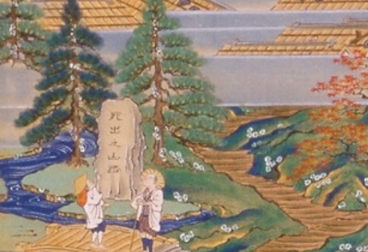
①Shide no Yamaji
From here on out, it was a “deadly mountain journey
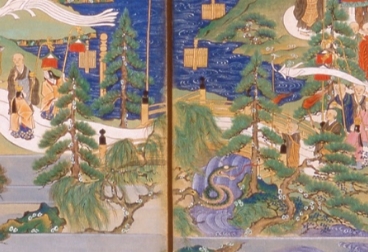
②Nunobashi
The color was not red when it was painted.

③Saruhashi
The monkeys built a bridge by passing creepers.
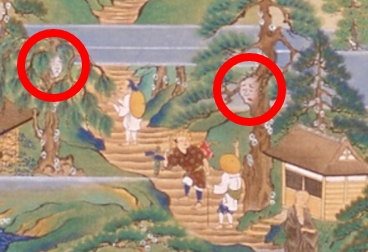
④Bijyo-sugi
It depicts a woman who was turned into a cedar when she tried to force her way up the mountain at a time when women were forbidden to enter.
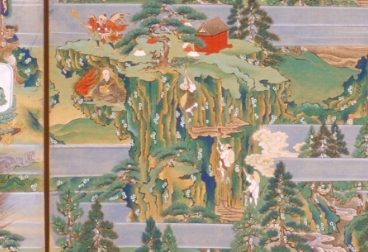
⑤Shisigahana-iwa
The steep rocky terrain is still intact.
The Tengu awaited us at the top.
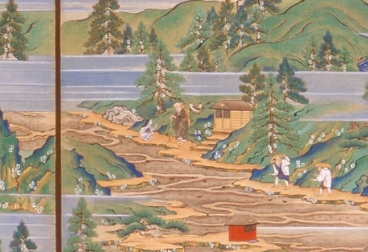
⑥Gakida
It is said to be a rice field created by a deceased person who had fallen into the hell of starvation.
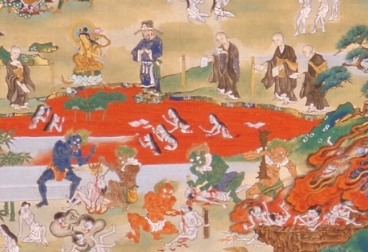
⑦Jigoku-dani/Hell-valley
The highlight of the Tateyama Mandala.
Tateyama Hell was volcanic gas and heat.
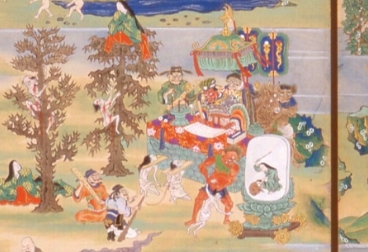
⑧Enma dai
The place where King Enma of Hell overlooks the Hell Valley.
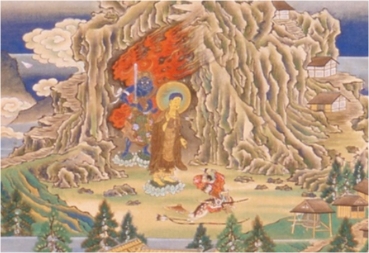
⑨Tamadono Iwaya cave
Saeki Ariyori, the founder of Tateyama
, where he chased a bear he had shot.
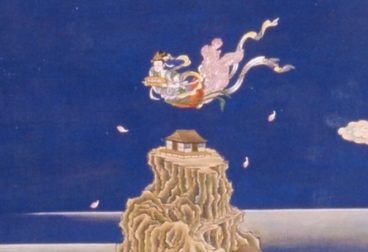
⑩Oyama
At the top of the mountain, a celestial maiden dances.
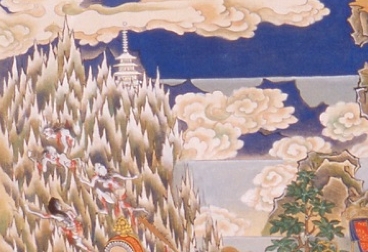
⑪Mt.Tsurugi-dake
Needle Mountain in Hell
Ashikuraji – Main sites related to the faith
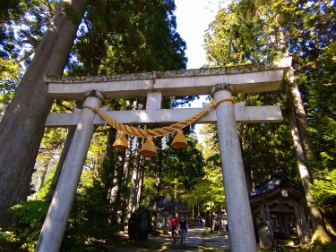
Oyama Shrine Kiganden (Prayer Hall)
O’yama Shrine is comprised of Minehonsha standing on the summit of Mt. O’yama, Kiganden in Ashikuraji village, and Maetate Shaden in Iwakuraji Village. While countless religious facilities were destroyed in the Meiji period with the movement to abolish Buddhism, the prayer hall Kiganden remains. The shrine grounds are surrounded by Tateyama cedars that are more than 500 years old creating a solemn atmosphere.
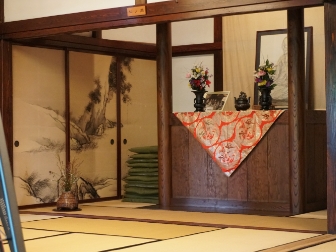
Kyosan-bo
This is one of the original 33 shukubo that once stood in Ashikuraji. It was originally built in the late Edo period, and you can tour the interior, with its three-row layout of six rooms and beautiful garden of cedars and moss. Not only did it serve as an accommodation for pilgrims but is said that religious ceremonies were also held here, and guidance was provided for faith climbs.
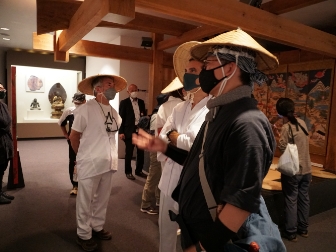
Tateyama Museum /Toyama prefecture exhibition hall
This is the main facility of Toyama Prefecture’s Tateyama Museum, which introduces the history of Tateyama, Tateyama Shinko, and the nature that served as the setting for the Shinko. When you see the Tateyama Mandala (replica) on display, you will be overwhelmed by the amazing depiction of hell and paradise. The scenes depicted are explained in an easy-to-understand manner.
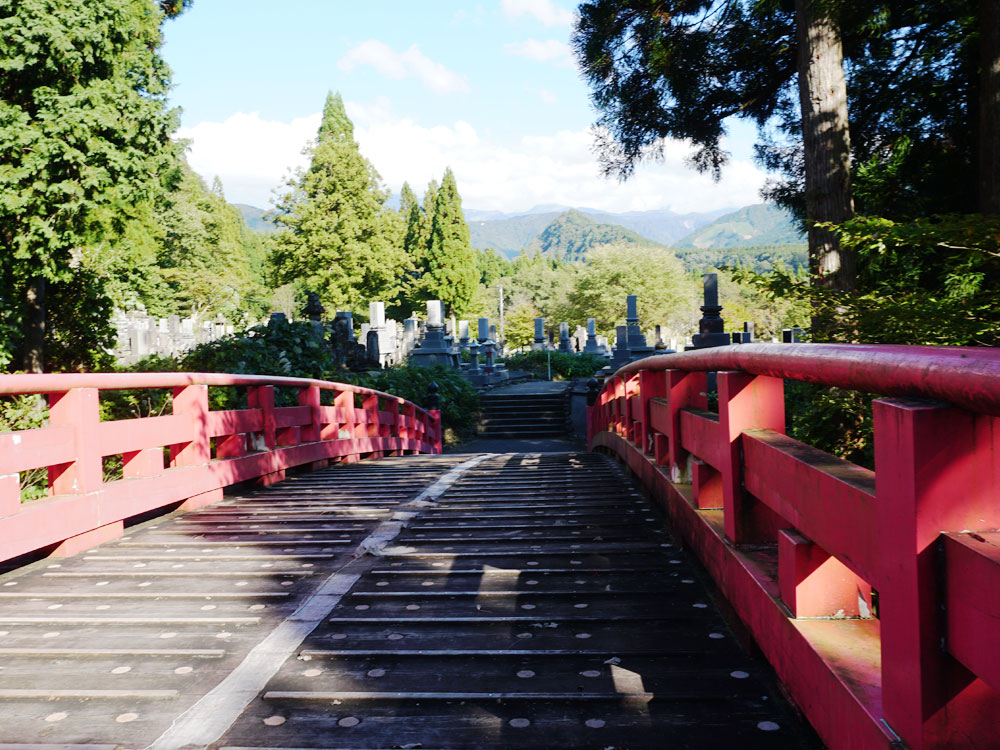
Nunobashi Bridge
This bridge is thought to connect this world and the great beyond. During the Edo period, when only men were allowed to perform faith climbs, women prayed for salvation by participating in the Nunobashi Kanjoe ceremony held during the autumn equinox. The ritual was abolished when Buddhism fell out of favor with the government, but it was reincarnated as an event and started being held again in 1996.
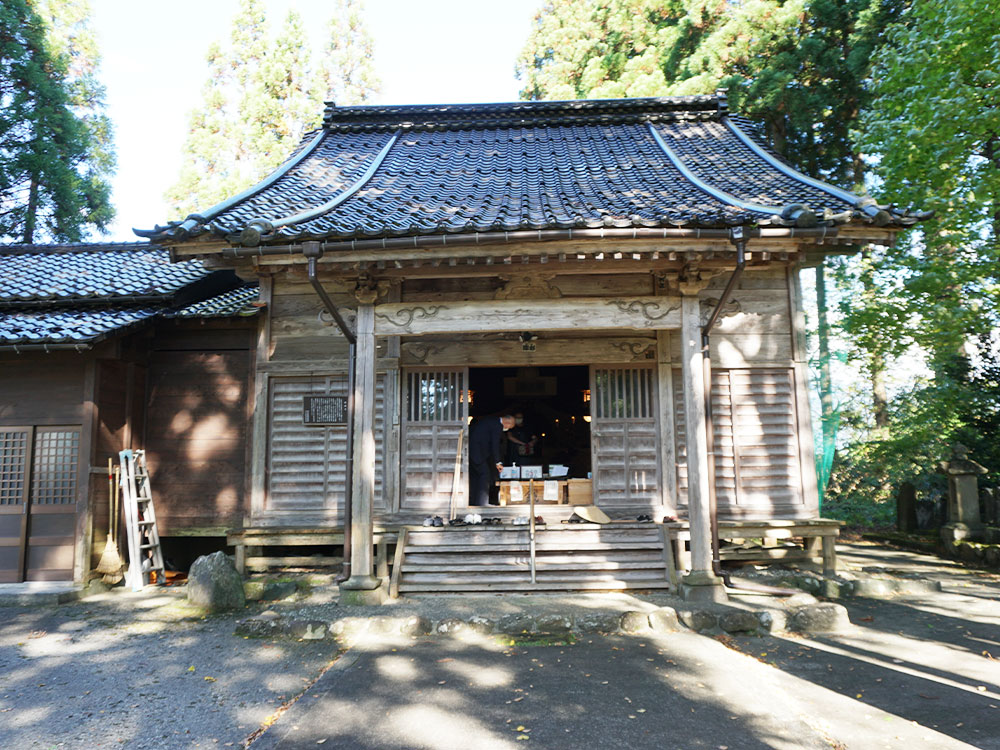
Enma-do Temple
This is the temple where the women who gathered for the Nunobashi Kanjoe ceremony repented to Enma Daio, the god of hell. It was destroyed when Buddhism was abolished and then rebuilt in 1928. The main statue of Enma on the altar is flanked by Buddhist statues that are said to have been made during the Nanbokucho period.
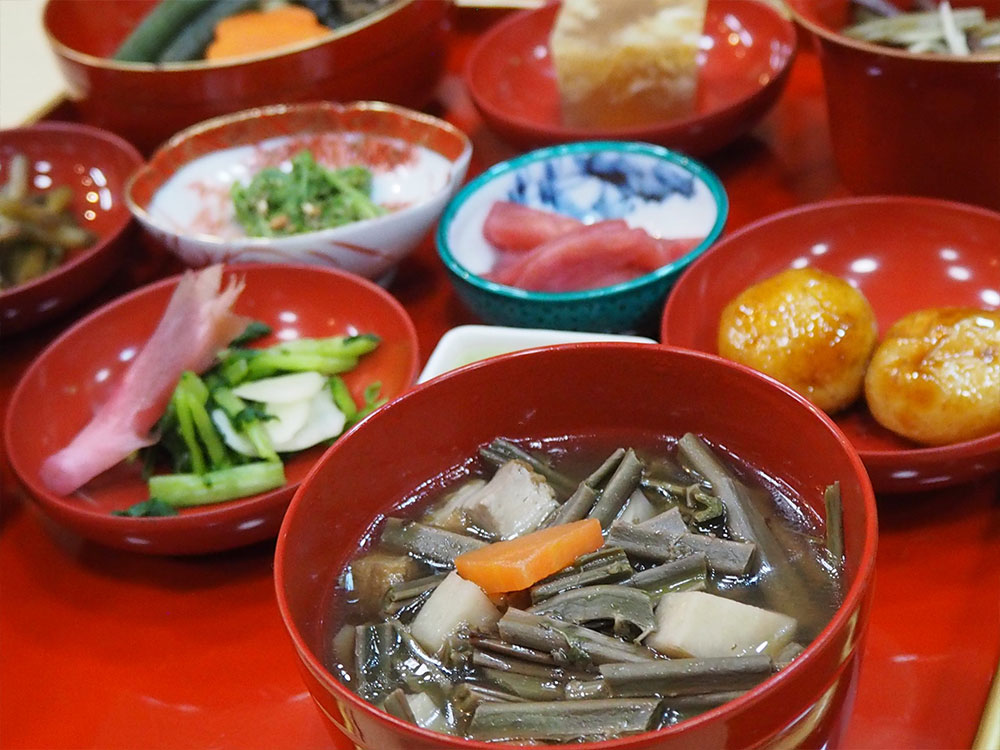
Mandala Shokudo restaurant
The Mandala Gozen set, which includes shojin ryori, or traditional Buddhist dishes that were once served at the shukubo, is very popular. You can also try the local dish “tsuboni,” made from wild vegetables such as kogomi (fiddlehead ferns), carrots, satoimo (taro), and deep-fried tofu and simmered in a kombu broth. Its gentle flavor is sure to satisfy both your body and mind.
Murodo plateau area – Main sites related to the faith
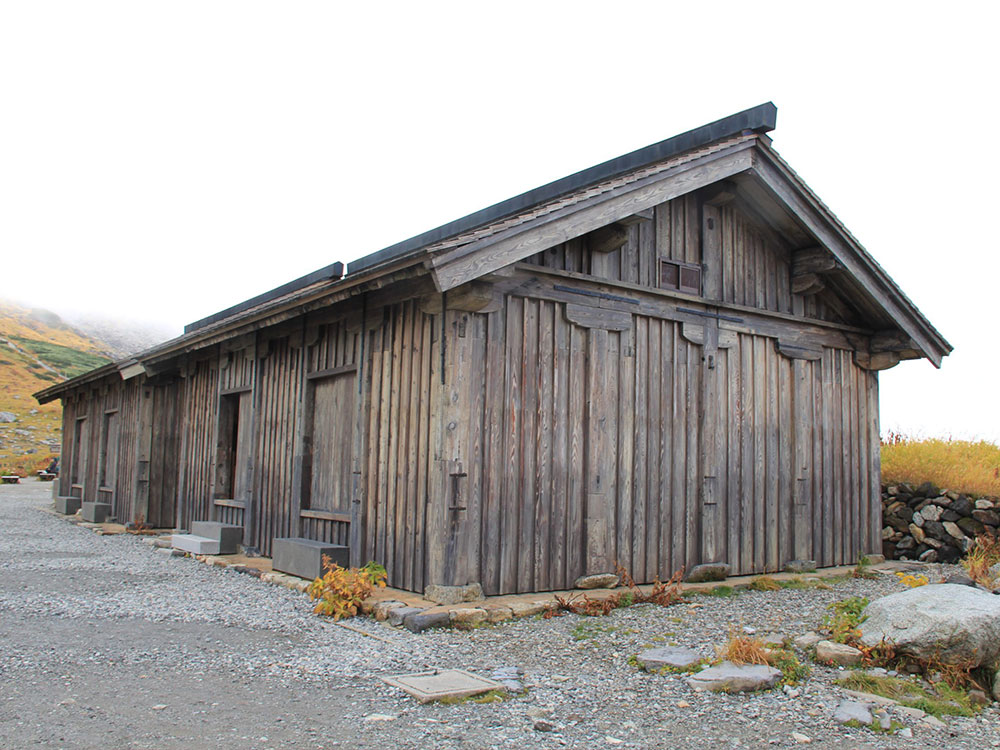
Tateyama murodo sanso historic remains
The oldest mountain hut in Japan still standing is a registered important national cultural property. It is said the current building was rebuilt in 1726, but it is a confirmed fact that there was an earlier building. The interior is open to the public from July through the beginning of October. The Murodo-daira (Murodo plateau) derives its name from this building.
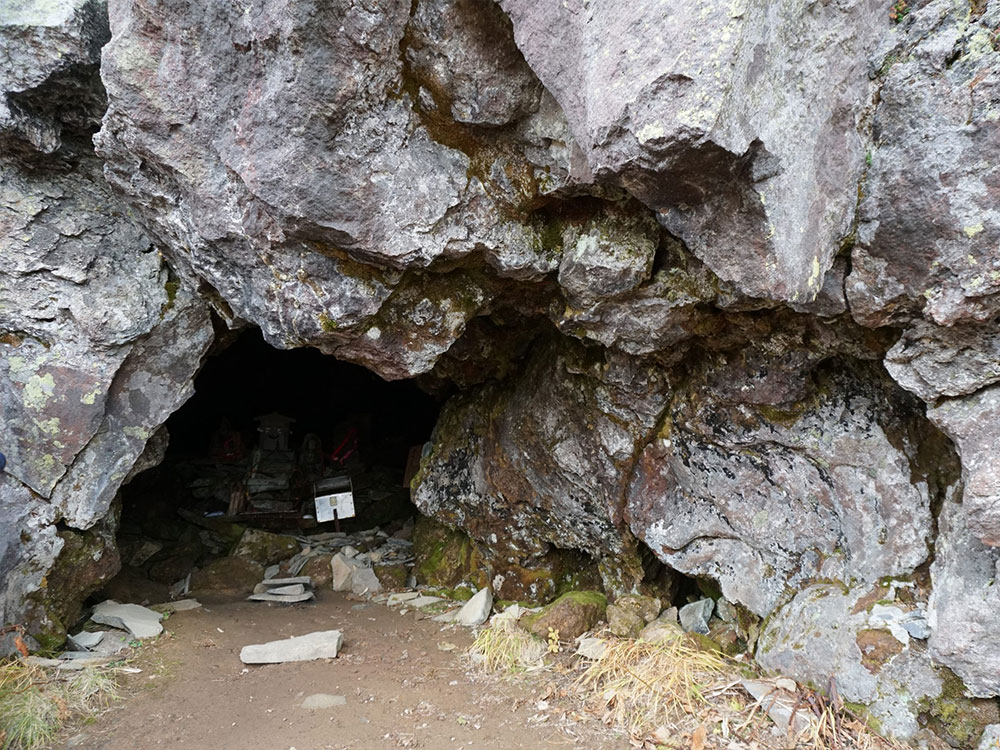
Tamadono Iwaya caves
These two caves were formed when the lava that spewed forth from an eruption of the Tateyama volcano cooled and developed into sheets of bedrock. Legend has it that when Saiki Arinori was led by a black bear and white hawk into these caves, he received the divine message to pioneer these mountains.
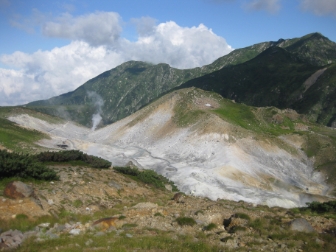
Jigoku-dani Hell Valley
This valley symbolizes hell in the Tateyama faith. There are several blowholes in the desolate valley constantly steaming volcanic gas, and the entire area has a sulfuric odor. The area is currently off limits, but it can be viewed from an observation point.
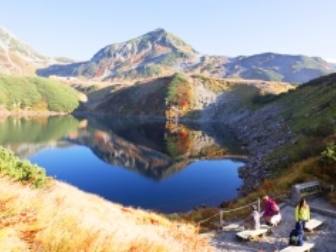
Mikuriga-ike pond
This crater lake, with a circumference of roughly 630 meters, is the product of the Tateyama volcano. There is a mystical aura to the azure waters of this scenic spot, and on a clear day the beautiful Tateyama mountains are reflected on its surface. It is depicted as one of the “hells” in the Tateyama Mandala.
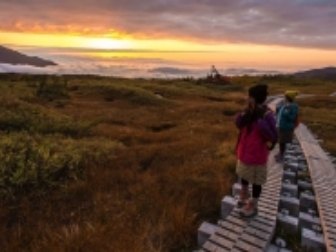
Mida-gahara wetlands
Along with Murodo and Tengu-daira, this is a lava plateau formed by the Tateyama volcano. There is a maintained walking trail throughout this expansive highland allowing you to stroll around and admire the alpine plants here. The area is dotted with 3000 large and small ponds and has been nicknamed “Gaki-no-ta,” meaning “field of starving demons.” This is another “hell” found in the Tateyama Mandala.
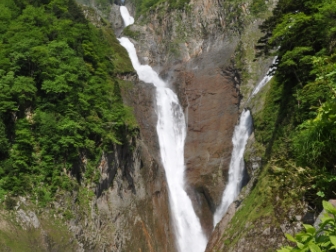
Shomyo Falls
At this 350-meter-long waterfall, the highest in Japan, water falls in four tiers from the Midagahara wetlands. You can watch the dynamic swells of water splashing down up close from the observation point near the Mt. Dainichi-dake trailhead. It has been selected as one of Japan’s Top 100 Waterfalls and one of the 100 Soundscapes of Japan.
Tateyama Mandara & The Tateyama Shinko Religion Faith Climbing Tour
Unlike other mountain climbing tours, ‘Tohai (Prayer Climbing)’ is the key word in this trip and two guides who are from Ashikuraji and know Tateyama faith very well stand out.
On the first day, Mr. Saeki Minoru will lead you to the shrine of Ashikuraji and other facilities related to Tateyama faith. 2 and 3 days later, Mr. Saeki Tomohiko will lead you to the summit of Tateyama mountains (Mt. O’yama: There is a summit shrine of the O’yama Shrine).
Day1
Chigaki station of the Toyama Regional Railway
↓ By Taxi
Ashikuraji Public hall
↓ Short walk
Youbo kan
↓ Short walk
Day2
Tateyama Kurobe Alpen Route Tateyama station
↓ Cable car & Bus
↓ 10 minutes walk
↓ 2 hours walk
↓ 5 minutes walk
Day3
↓ 10 minutes walk
↓ 10 minutes walk
↓ 20 minutes walk
↓ Bus & Cable car
Iwakuraji station of the Toyama Regional Railway
Route Guide
<Tour itinerary Day 1 >
On day one, after changing into a white shroud at the public hall in Ashikuraji village, you will receive a blessing at O'yama Shrine’s Kiganden. From there, you will visit the exhibit hall at the Tateyama Museum of Toyama, adjacent to the hall, followed by a visit to Kyosanbo.
Next, you will travel to the eastern border of the village and visit Enma-do Temple, Nunobashi Bridge, Yobo-kan, which is another portion of the Tateyama Museum of Toyama where you will see a film that introduces the history and faith of Tateyama, and finally the Mandala Yuen Park where you can experience the world of the Tateyama Mandala with all five senses.
For dinner, enjoy an unadorned, but plentiful meal of shojin ryori at Mandala Shokudo. During your meal, Mr. Minoru Saeki will unroll his homemade Tateyama Mandala and explain each scene to further your knowledge. After dinner, you will spend the night at accommodations near Tateyama Station on the Tateyama Kurobe Alpine Route.
<Day 2>
On Day 2, you will use the Tateyama Kurobe Alpine Route from Tateyama Station to travel through the Midagahara wetlands to the Murodo plateau. When you arrive at the bus terminal, the magnificent mountain scenery sprawls before your eyes.
Unload the baggage you don’t need at your accommodation for the night, Tateyama-Murodo-sanso mountain hut, and start your climb toward Mt. O’yama. Along the way, Tomohiko Saeki will pull out his hand-drawn Tateyama Mandala and explain the sites of importance. Beyond the gentle and easy-to-walk trail lies Ichino-koshi. Take a break at the Ichino-koshi-sanso mountain hut here.
From here, a rocky and steep climb continues. You will arrive at the Mt. O'yama summit approximately two hours after departing Murodo. Mt. Tsurugi-dake and the Northern Alps spread before you, and while you take in the feeling of achievement, enjoy eating the bento lunch that has been prepared for you.
You will descend along the same route and visit Tateyama Murodo, the Tamadono Iwaya caves, and the area surrounding the Tateyama-Murodo-sanso hut. Enjoy soaking in the large bath at the hut while you look back on everything you accomplished today.
<Day 3>
On day 3, you will stroll around the paths that stretch across the Murodo plateau and visit Mikuriga-ike pond and Jigokudani valley. Depending on the weather, you may also stop at the Midagahara wetlands on your way to Tateyama Station from Murodo.
Take a taxi to Shomyo Falls, the highest waterfall in Japan. After, you’ll partake in a lunch of sansai (edible wild plants growing in the mountains) dishes and deep-fried Iwana (Japanese char) at a nearby restaurant.
You will then make your way home from the retro looking Iwakuraji Station, which is often used as a location for movies.
The key to a good tour is great guides
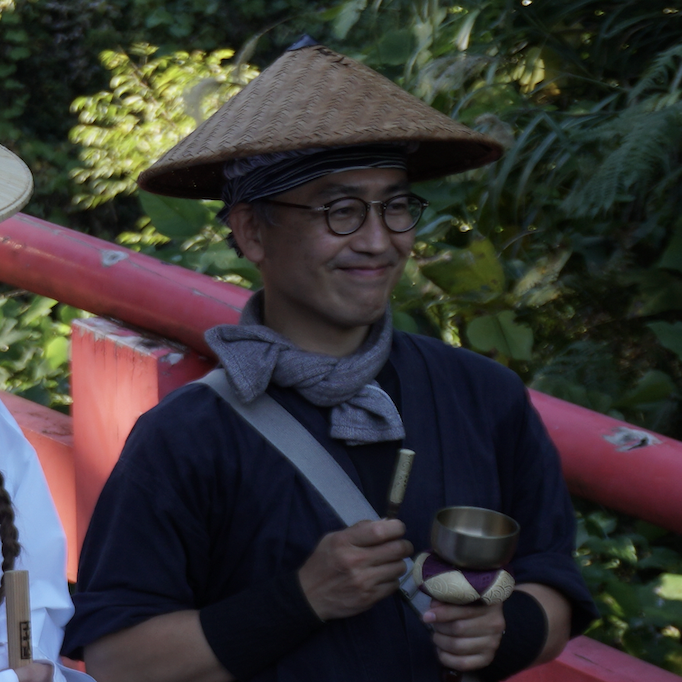
Minoru Saeki
Offering easy-to-understand guidance through the village of Ashikuraji, where the remnants of the Tateyama faith still linger, he is the director of the Tateyama Ashikura Furusato Koryukan (museum) and works hard to communicate the allures of his hometown. His family once ran a shukubo in Ashikuraji called Sangakubo.
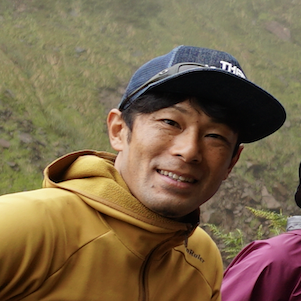
Tomohiko Saeki
He is president of the mountain guide association “Sanzoku Club Toyama,” and his great-grandfather, Heizo Saeki, was also a famous guide who founded the Tateyama Guides’ Union (called the Tateyama Guides’ Association today). He successfully reached the summit of Mt. Everest in 2019.
Tateyama Mandara & The Tateyama Shinko Religion Faith Climbing Tour Travelogue
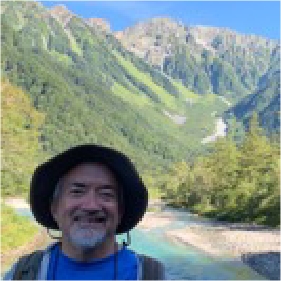
Bruce Guilfoile / from USA
Has lived in Japan for over 50 years. He has worked for advertising companies and has also worked on outdoor brands such as L.L.Bean. He is currently an inbound advisor for the Japan Alps Guide Center. He has an extensive network of contacts with foreigners living in Japan.
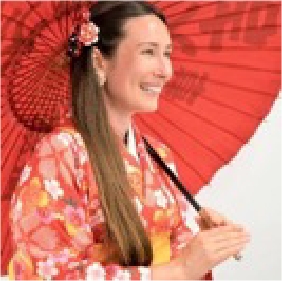
Anika Godek / from Poland
She has been living in Japan for four years. She is currently working as a contact person for inbound tourists at Fuchu City Hall in Tokyo.
She has a strong interest and love for the Japanese people and their culture, and was extremely motivated to participate in the faith climbing trips. Since coming to Japan, she has developed a passion for hiking and has climbed Mt. Fuji four times.
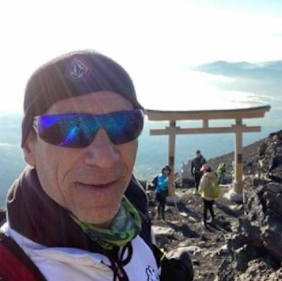
Mark Fuoti / from USA
Arrived in Japan in 1988. Born in New Jersey, USA. After working for a foreign-affiliated company in Tokyo, he established his own consulting company in 2007.
As an outdoor freak who loves the nature of Japan, he is active in a wide range of activities, including hiking, trekking, trail-running, and cycling.
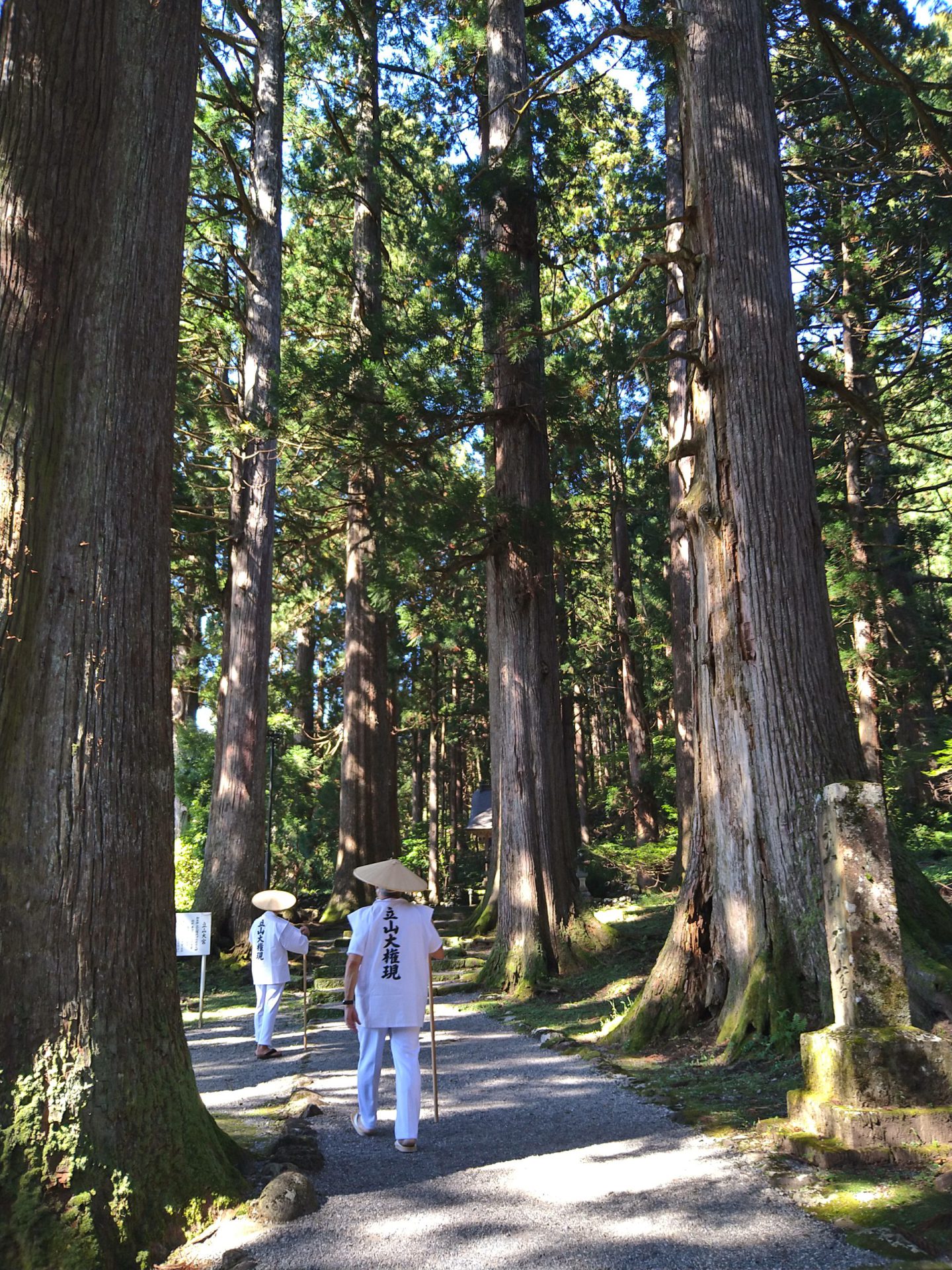
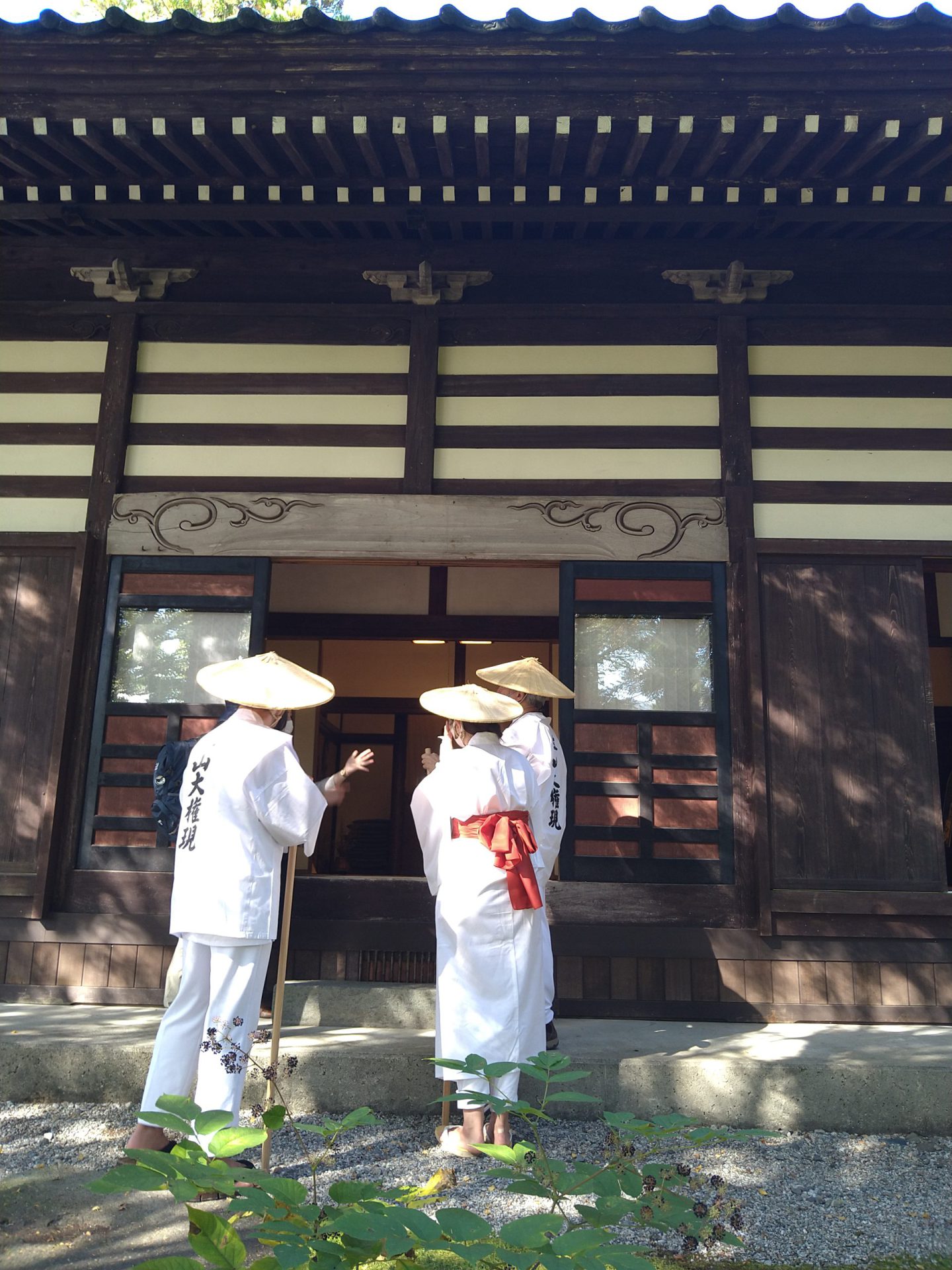
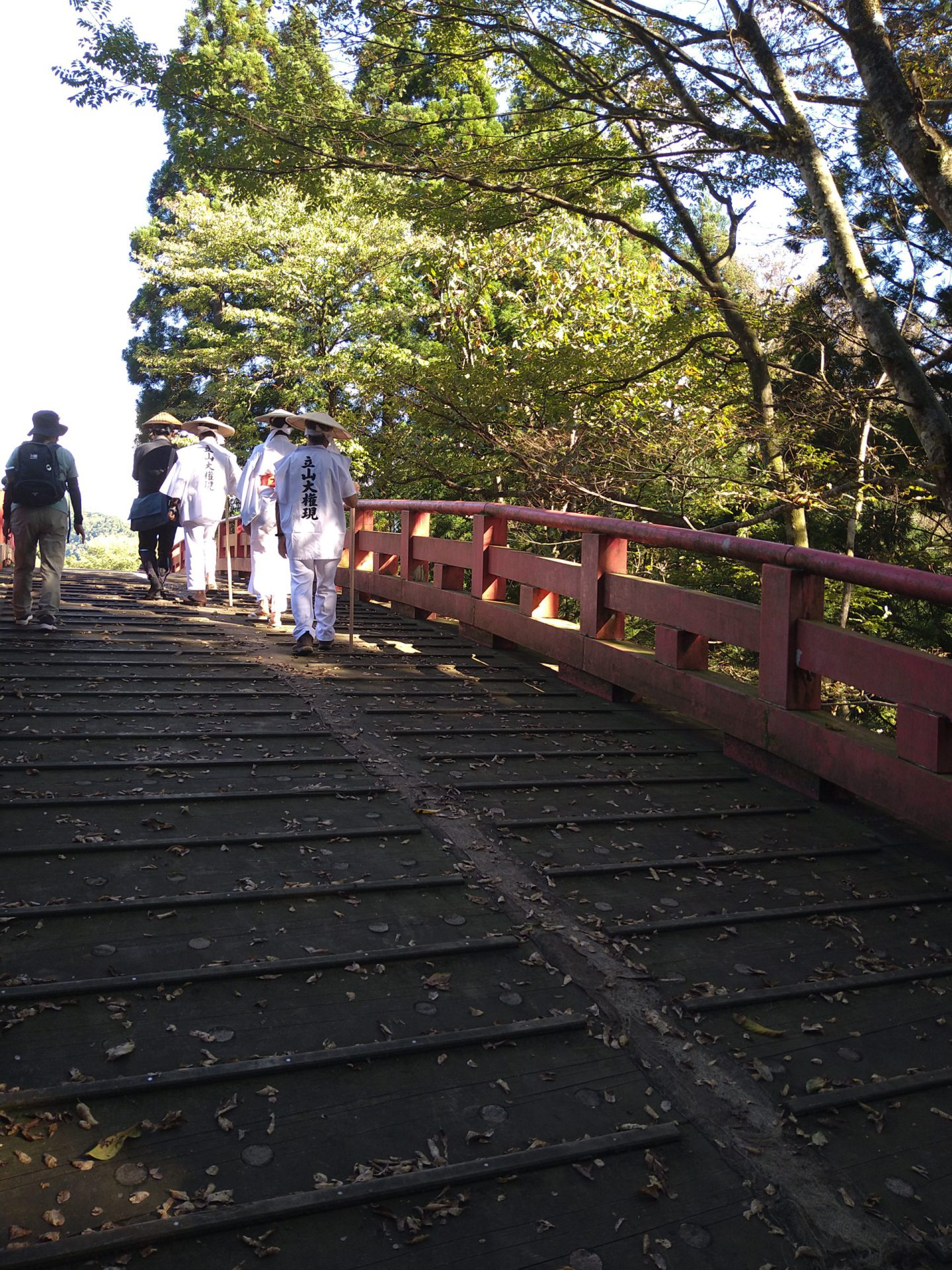
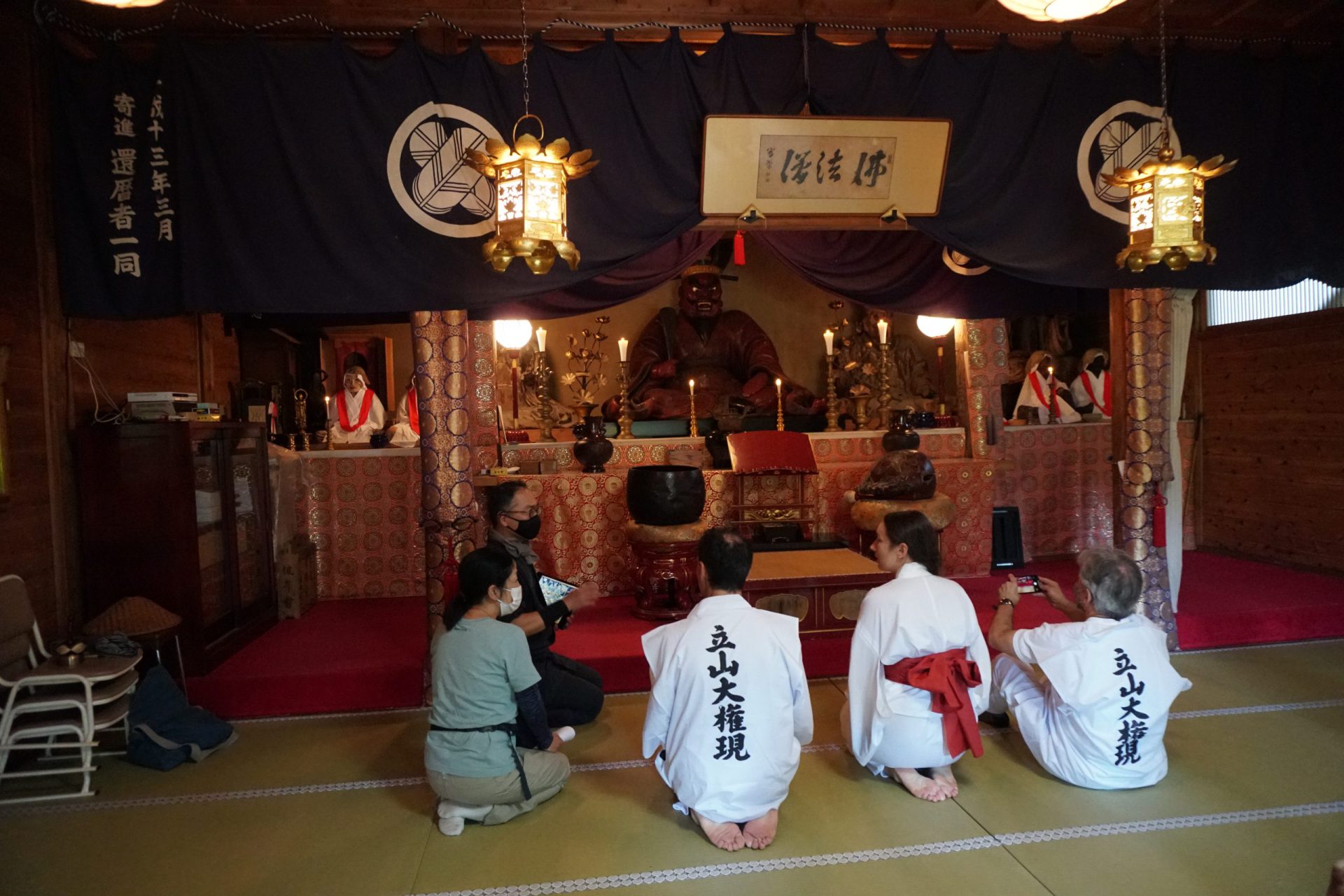
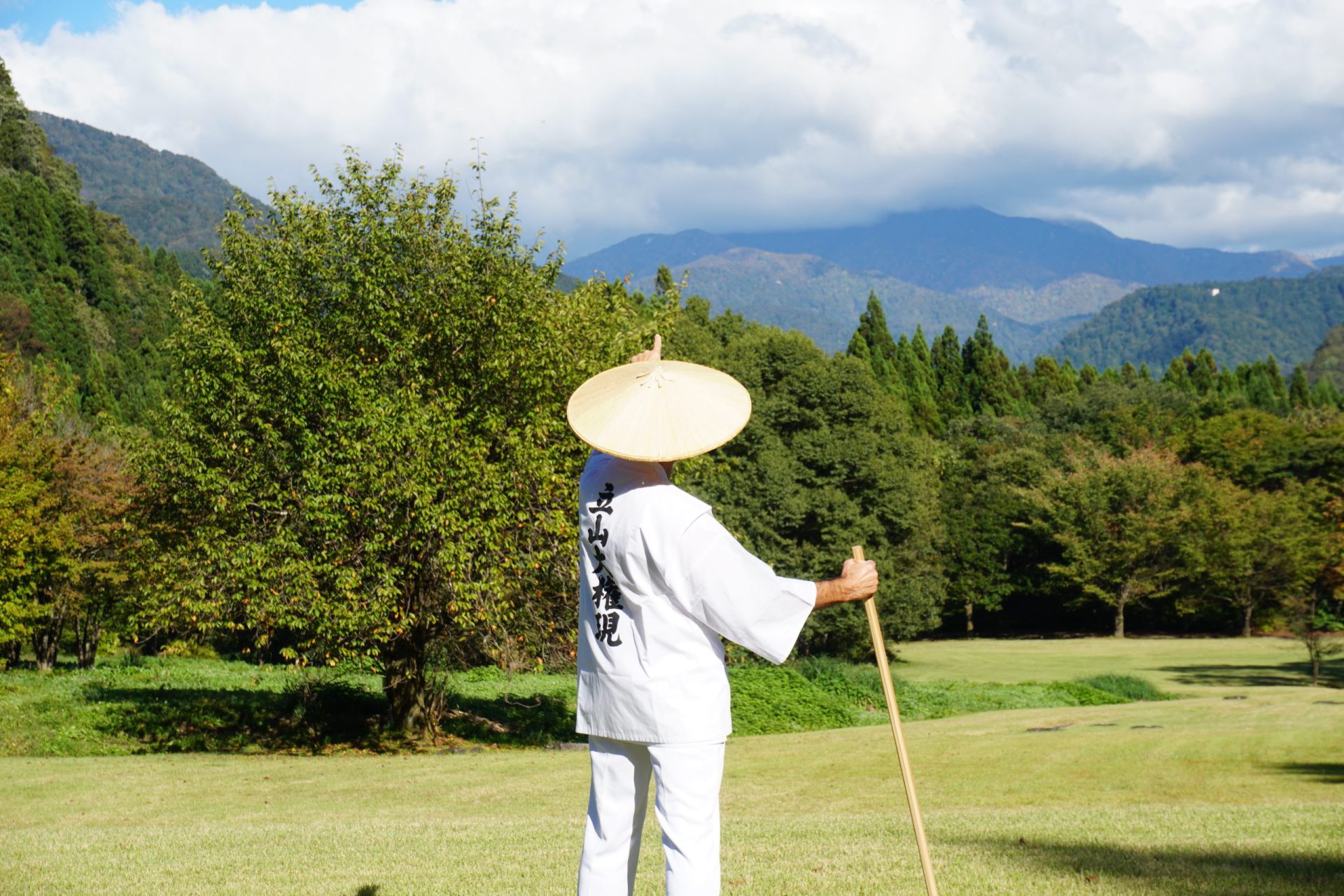
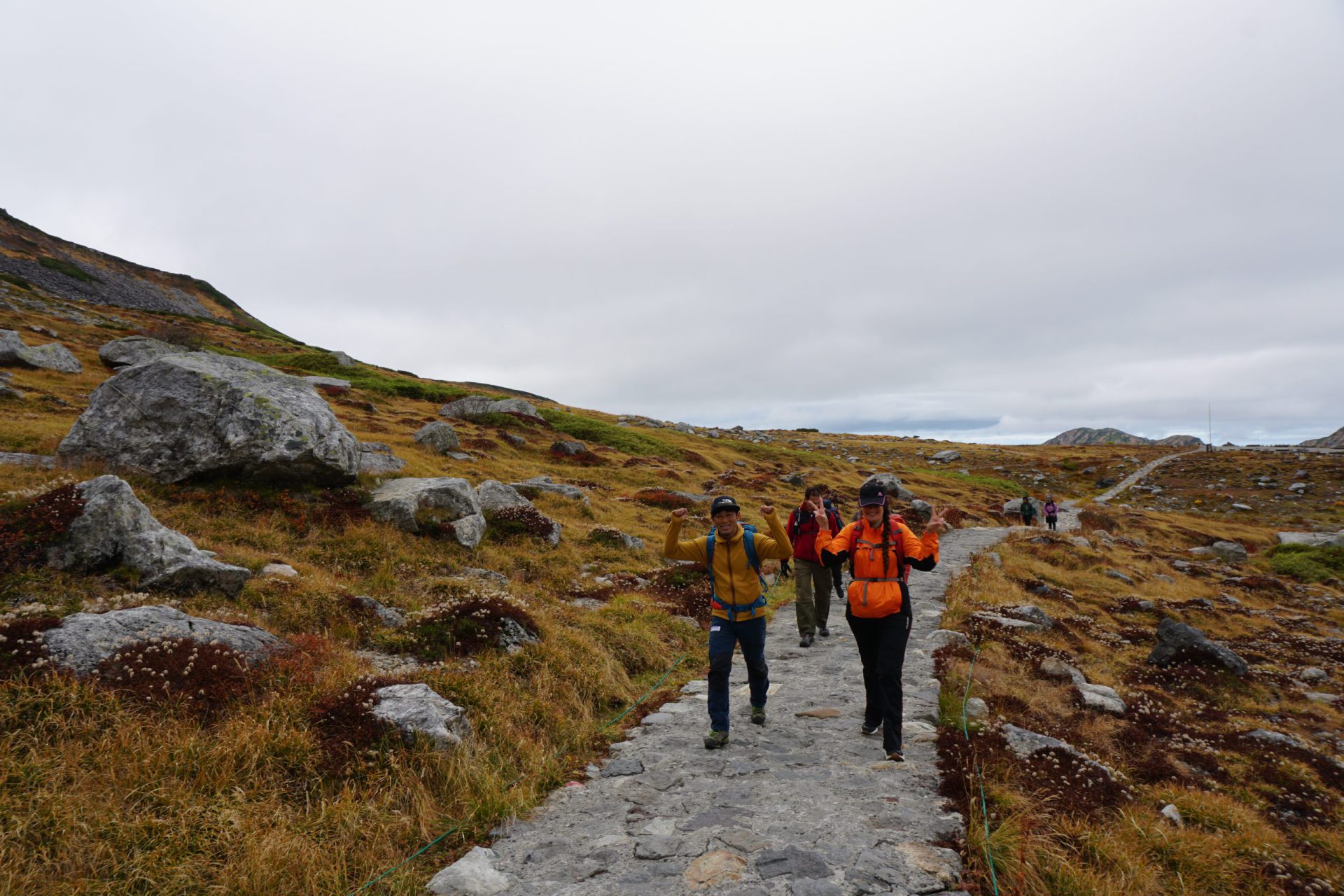
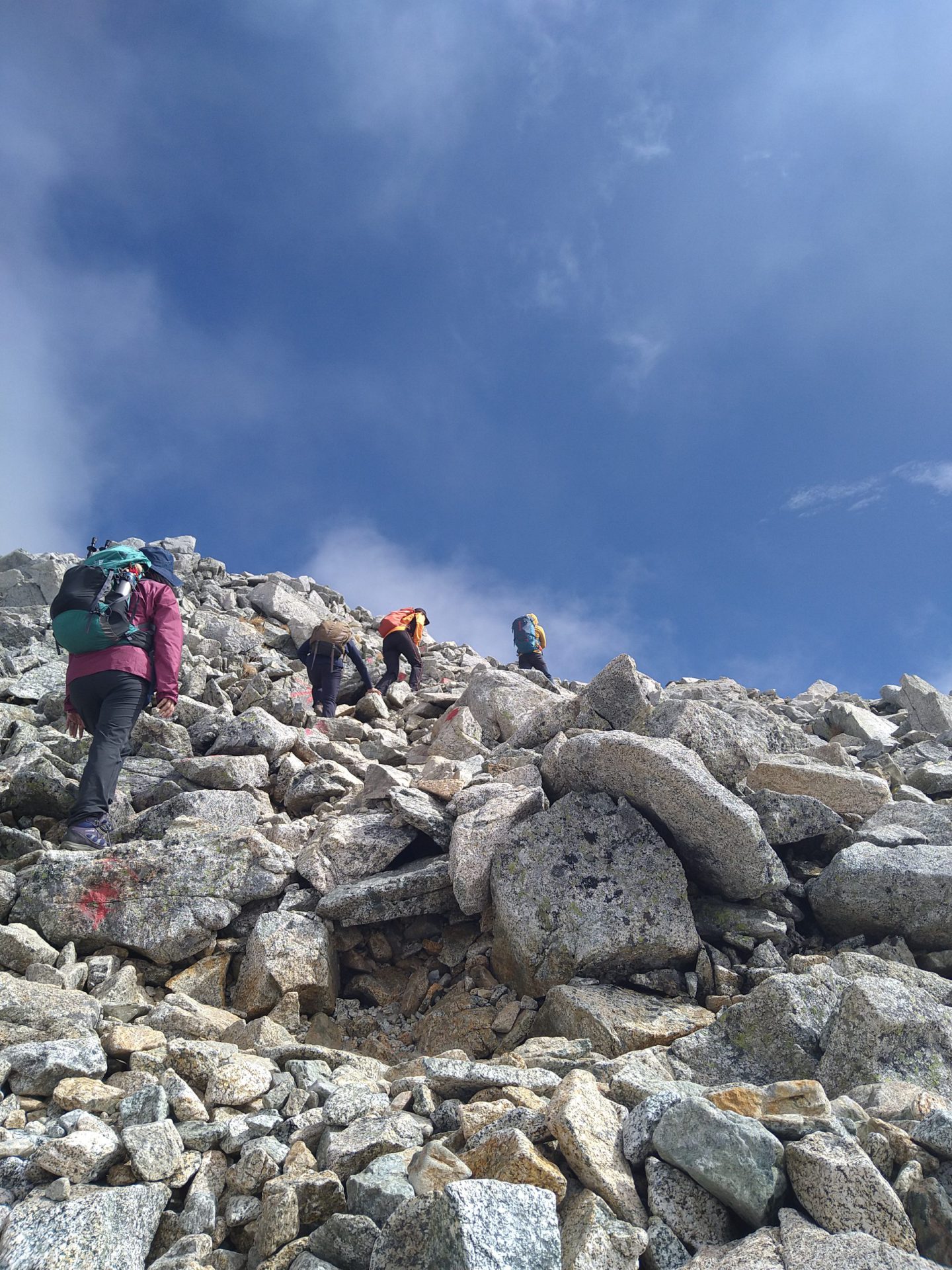
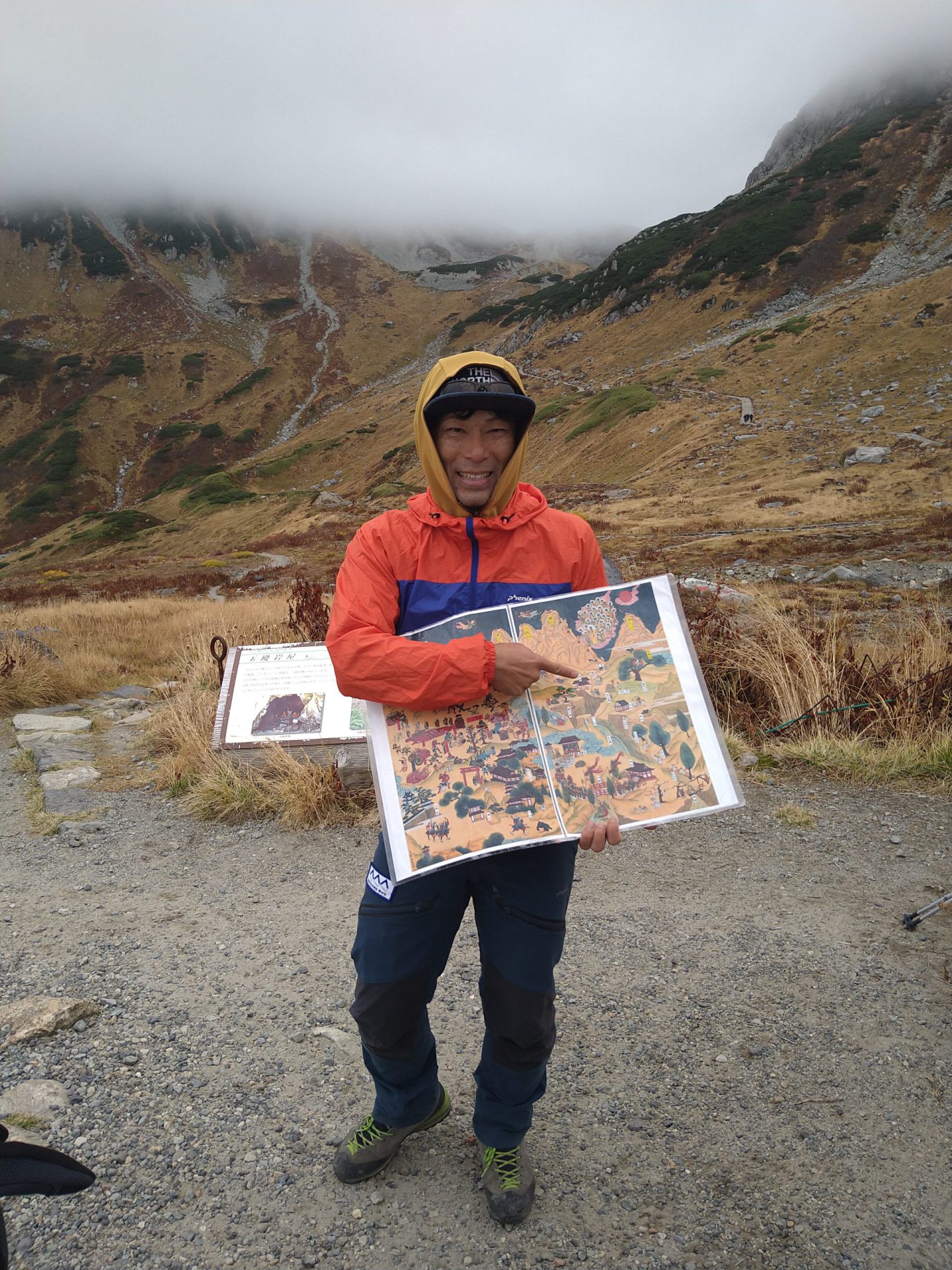
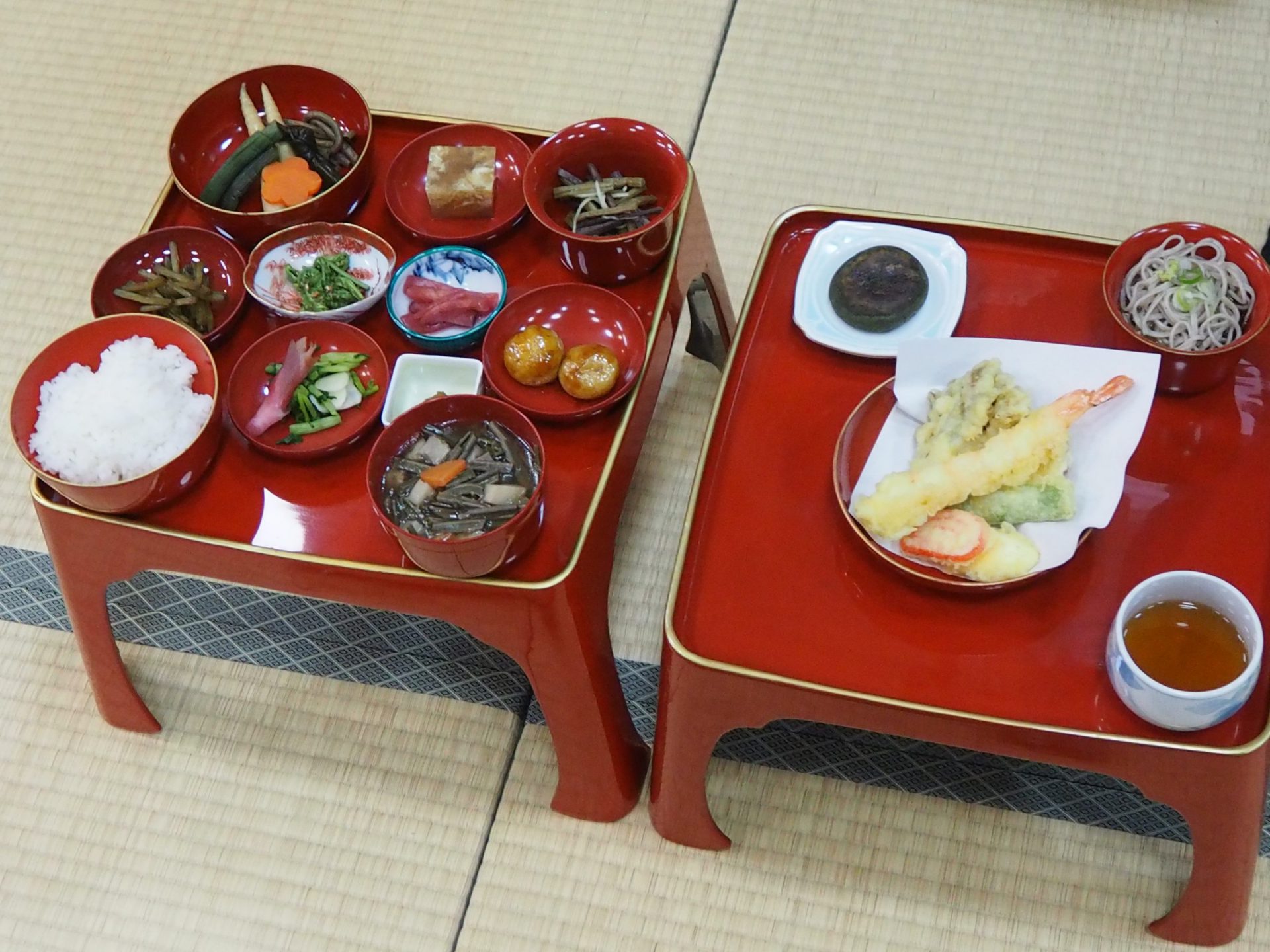
Comments from Bruce
●About the guides
●About climbing the Tateyama mountains and Murodo
The climb to the summit was filled with beautiful views in all directions. We waited for a break in the clouds at the top, so when we could finally catch a glimpse of Mt. Fuji and the nearby mountains, it was very exciting.
The side trip to the cave where a 16-year-old Saeki Arinori (who is said to have pioneered the mountain roughly 1400 years ago) found Amida Nyorai with an arrow piercing his chest was wonderful.
●About the Tateyama Mandala
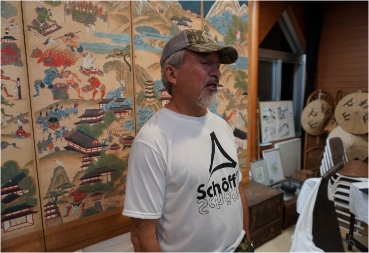
●I want to recommend this tour to friends!
Shinko Tozan, or faith climbing, is a profound and rich topic that will definitely draw potential travelers to Japan. The beautiful nature of the Japan Alps is only one way to enjoy all that these mountains have to offer. Faith climbing could be discussed from the same perspective as beautiful nature. But either way, adding a faith climbing trip to your visit to Japan will undoubtedly create plenty of memories filled with intriguing themes and amazing photo opportunities.
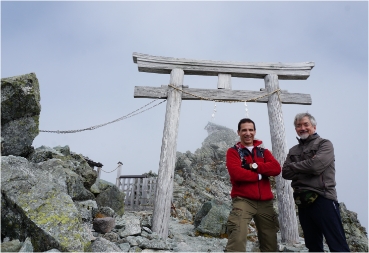
●I have more to say!
Comments from Anika
●About the hospitality at the Mandala Shokudo and Minoru’s drawing and explanation of the Tateyama Mandala
●About experiencing the spots where the Tateyama Mandala was drawn while hiking
In addition, the Tateyama Mandala gave me a deeper understanding of life and a greater appreciation of my current environment. Being able to see, listen, read, ask questions, and touch items related to the Tateyama Mandala was a wonderful experience, and it made me want to learn even more about it.
●The 2-hour climb to Tateyama and the comfortable stay at Murodo-sanso mountain hut
The first half from Tateyama-Murodo-sanso was like walking on a stone path, and the latter half was like a nature walk through the mountains. You can warm up at the Ichino-koshi-sanso hut along the way, and it also has restrooms. Tateyama-Murodo-sanso where we stayed overnight was a very spacious, clean, and warm mountain hut. And the huge bath! Wow! It was such a great mountain hut, I wanted to stay there longer.
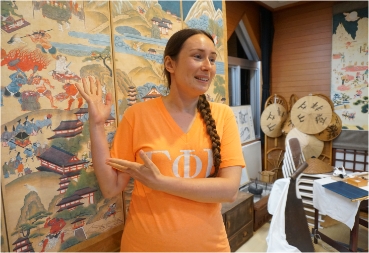
● I want to recommend this tour to friends!
1. The climb is easy, convenient, and safe. We left our luggage at the mountain hut and took only what was necessary for climbing with us. There were restrooms and warm food and drinks along the way, and the view from the summit is amazing. You can get to the Murodo, the climbing base, by bus or cable car, so you can enjoy a pleasant hike without expending a lot of energy.
2. It was the best mountain hut I have ever stayed at in my life! From the wide, open space to the bath to the delicious meals, there are so many way to relax before and after your hike. The staff is friendly and cooperative. Many other people are also staying there, so it is never lonely.
3. The hospitality of everyone at the local tourist association and the Tateyama Museum of Toyama. From the moment we arrived, they welcomed us warmly and helped us change into white shrouds. They also took photos and shared them with us later. They were always smiling, and I was able to enjoy chatting with them.
4. It was an emotional and spiritual experience of historical events, nature, Japanese religion, and the Japanese way of life. The guides explained everything in detail and answered all of my questions.
5. The unique Japanese dining experience
All of the meals were made with fresh and healthy items and the dishes were rare and delicious. The meals were vegetarian-oriented, but they are perfect if you need to detox.
6. The scenery and amazing nature! It was a relaxed, balance journey into the world of nature.
7. You will learn special elements about Japanese culture that cannot be learned from books easily. There are still very few books that convey the knowledge of the Tateyama Mandala, etc.
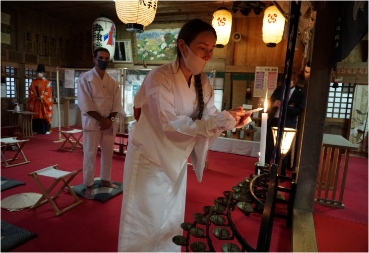
●I have more to say!
I am 100% confident that this tour will be successful in a few years. I cannot wait for the day when I have to opportunity to come back again and revisit all of the beautiful places in Tateyama and Ashikuraji!
Comments from Mark
●About climbing the Tateyama mountains
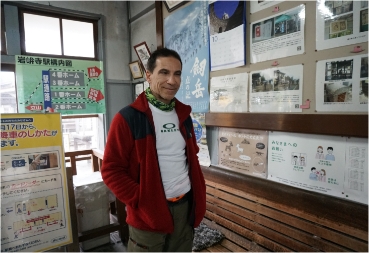
●About strolling around Ashikuraji
●About Shomyo Falls
● I want to recommend this tour to friends!
The tour was very interactive. We changed into white shrouds and participated in receiving a blessing.
